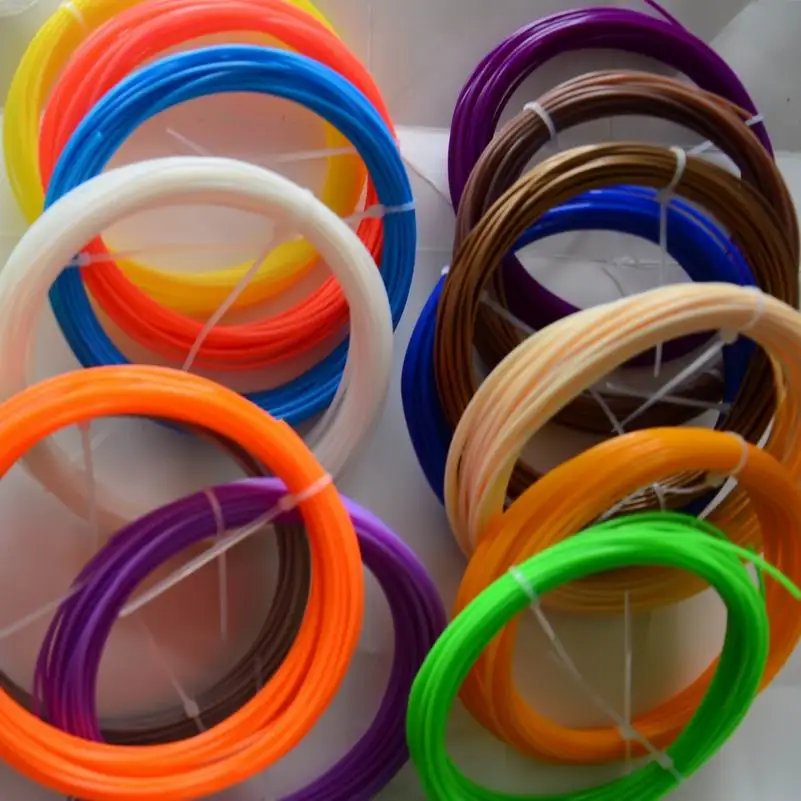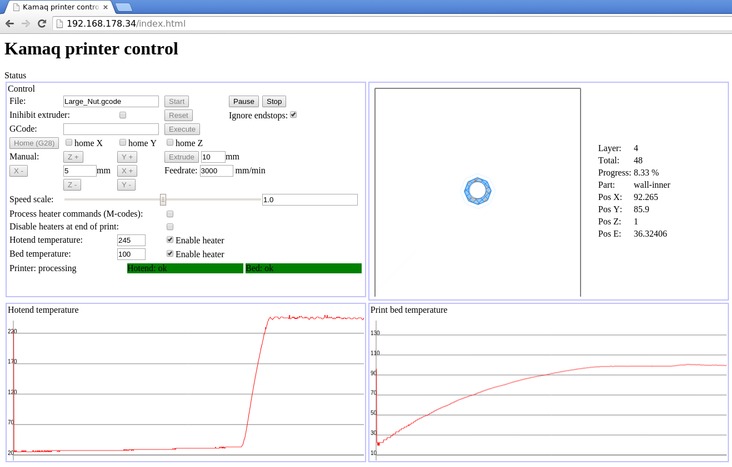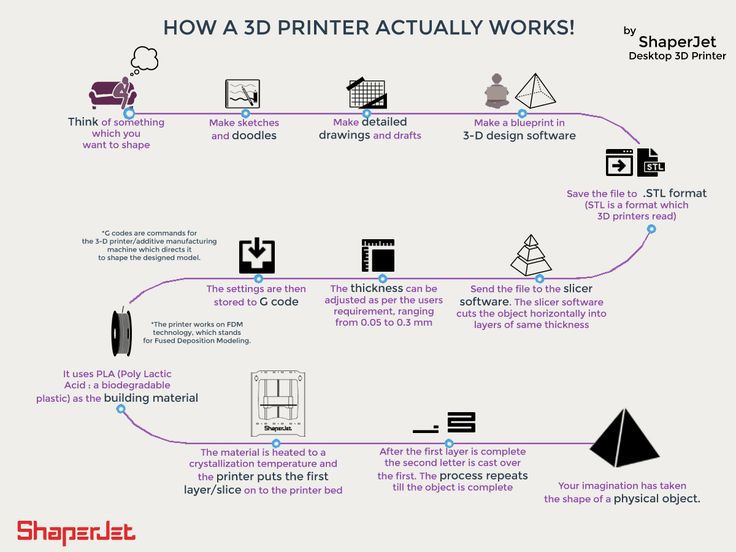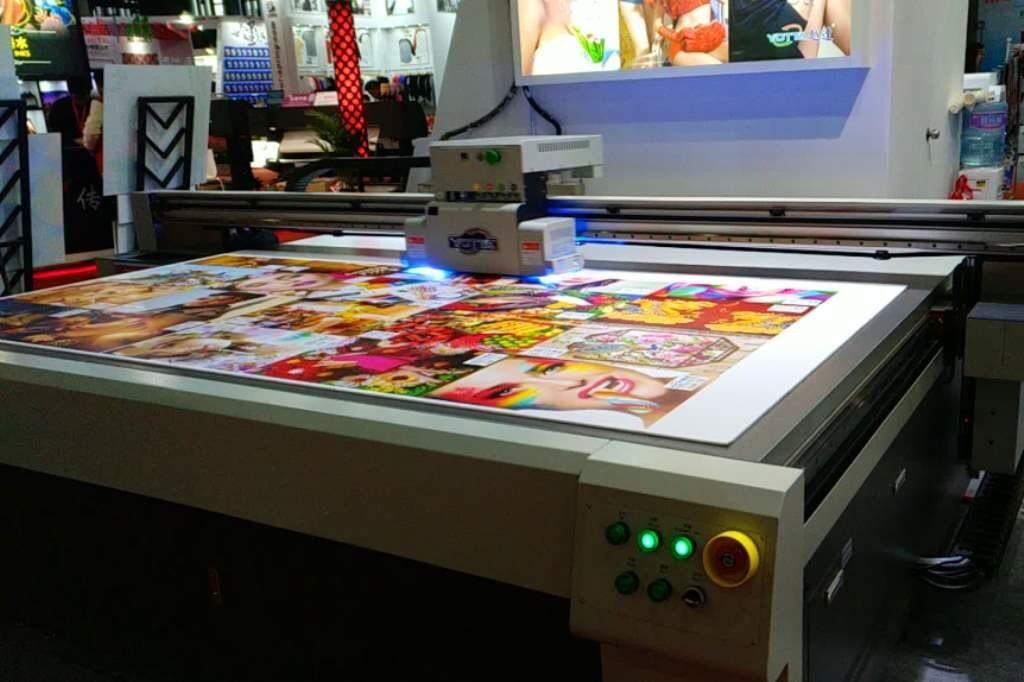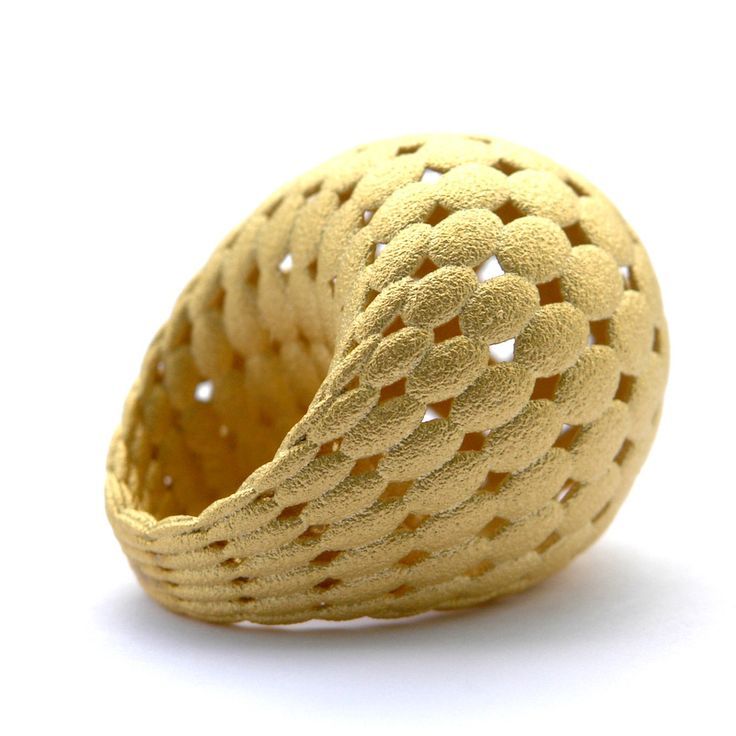Cheapest material for 3d printing
3D Printing on a Budget: What Do You Need to Know?
Published on July 4, 2022 by Madeleine P.
It is no secret that 3D printing is growing in popularity both at home and in industry. That is not to say that there are no obstacles that could prevent someone interested in the topic from taking it up as a hobby. The biggest one is the price. 3D printing can be expensive, between the machines, software, post-processing and of course material, the cost can creep up on users. For that reason, we decided to make a guide on 3D printing on a budget. We will take a look at everything from printer choice to filaments to software, post-processing and more to give you an accurate range for the best cheap options to get into 3D printing.
For anyone who is not as well-versed on 3D printing, it is important to note that there are many technologies you can use. FDM, SLA, SLS, LPBF and more all have their benefits and their drawbacks, however for this guide we will be focusing mostly on FDM and SLA. Out of all the techniques, FDM is the most accessible to the everyday user, machines and materials often are lower cost than their counterparts. Though often not as cheap as FDM, there are also SLA printers that are cheap, especially compared to the more industrial printers.
Budget 3D Printers
There are many different factors that affect printer price. First is, of course, the printing process used. More industrial technologies, especially those using metal, are understandably more expensive. Additionally, the size of the printer build plays a large role. However, it is entirely possible to find desktop 3D printers for under $200 using either FDM or SLA processes. Additionally, if you are willing to assemble the printer yourself, DIY kits are often cheaper than already assembled machines. Do note however, that depending on how much assembly you need to do, it could take several hours to accomplish.
In terms of printers under $200, there are a few options available.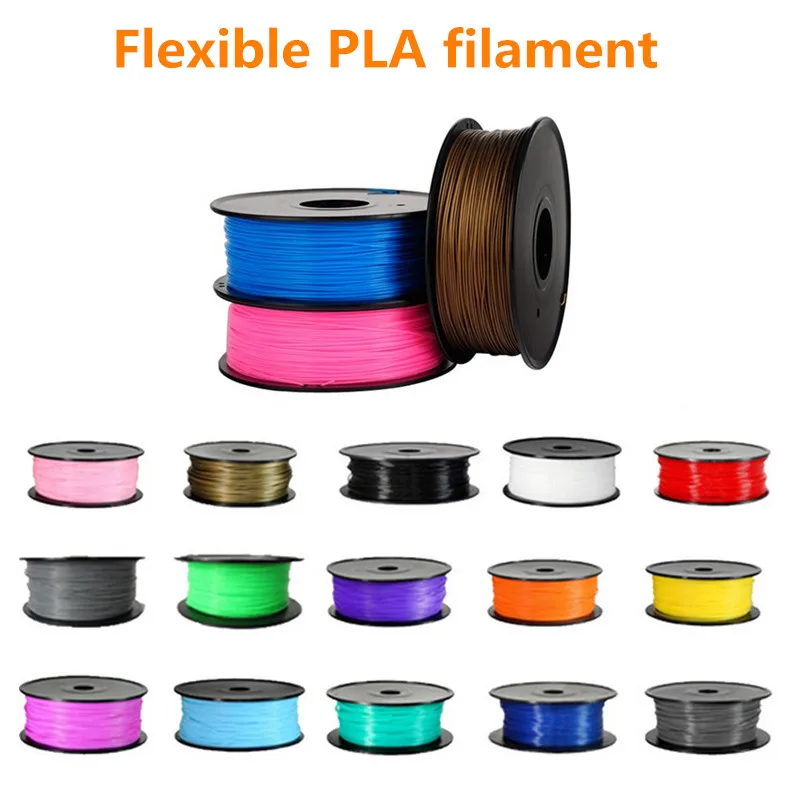 For those willing (or who prefer!) to put together their own printer with a DIY kit, Creality’s Ender 3 is one of the most popular on the market. And at a starting price of $155.00, it’s easy to see why. Creality is, in general, a popular 3D printing for its cheap machines, most of which can be easily found on sites such as amazon. Another Chinese manufacturer with printers under $200 is Anycubic. Out of their FDM machines, the Mega Zero 2.0 is only $189.00, though note it requires some assembly.
For those willing (or who prefer!) to put together their own printer with a DIY kit, Creality’s Ender 3 is one of the most popular on the market. And at a starting price of $155.00, it’s easy to see why. Creality is, in general, a popular 3D printing for its cheap machines, most of which can be easily found on sites such as amazon. Another Chinese manufacturer with printers under $200 is Anycubic. Out of their FDM machines, the Mega Zero 2.0 is only $189.00, though note it requires some assembly.
Anycubic’s Photon Zero (left) and the Ender 3 from Creality (right)
There are also a few SLA machines available in this price range. For example, Anycubic is also unique in that it offers one of the only SLA machines on the market that is under $200. The Photon Zero ($109.00) and Photon Mono ($199.00) are both LCD-based SLA machines, though not that compared to many of the FDM printers in the same price range, their build volume is a little smaller, which is common with SLA machines.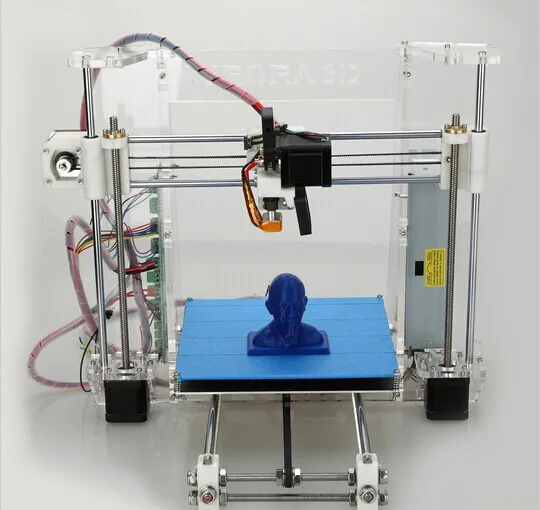 In between the prices of Anycubic’s two cheapest printers in the Photon series, you can find the Elegoo Mars UV Photocuring LCD MSLA 3D printer. Retailing at $149.99, it is slightly bigger than the Photon Zero though smaller than the Photon Mono. If your budget extends to $300, there is much more choice, as many of the “cheap” 3D printers are in the $200-300 range.
In between the prices of Anycubic’s two cheapest printers in the Photon series, you can find the Elegoo Mars UV Photocuring LCD MSLA 3D printer. Retailing at $149.99, it is slightly bigger than the Photon Zero though smaller than the Photon Mono. If your budget extends to $300, there is much more choice, as many of the “cheap” 3D printers are in the $200-300 range.
Budget 3D Printing Materials
Though printers are a larger investment up-front, over-time materials will likely be what drives up costs for those who want to get into 3D printing as a hobby. Additionally, with the cheaper 3D printers, you will also be limited in the materials you can use as they will only be compatible with certain filaments or resins.
Another thing to consider is that some printers will only be compatible with materials from their company. These might be more expensive than others on the market, whereas when users have the choice of material, they can choose the least expensive. Do keep in mind however that as with most things in life, often there is a direct correlation between price and properties of materials. The cheapest will certainly not be suitable for tasks beyond hobby printing.
The cheapest will certainly not be suitable for tasks beyond hobby printing.
That being said, likely if you are looking for cheap materials, you will be buying thermoplastics, namely ABS, PETG, TPU and PLA. The four materials are some of the most commonly used in 3D printing with different properties and pros and cons. They are also the materials that are most often compatible with printers, PLA especially is widespread and able to be used with most FDM printers.
Thermoplastic filaments for use in 3D printing (photo credits: AMFG)
Even with cheaper materials, you will find a wide range for price. This is due to the properties of the material. For example, with PLA the most basic, cheapest options will have far worse physical properties than the high-range options. On MatterHackers, the cheapest PLA is around $18.99 ($15.59 per spool if bought in bulk) for a 1.75mm 1kg spool. However, most material manufacturers will sell PLA, PETG and TPU for somewhere in the $30-40 range.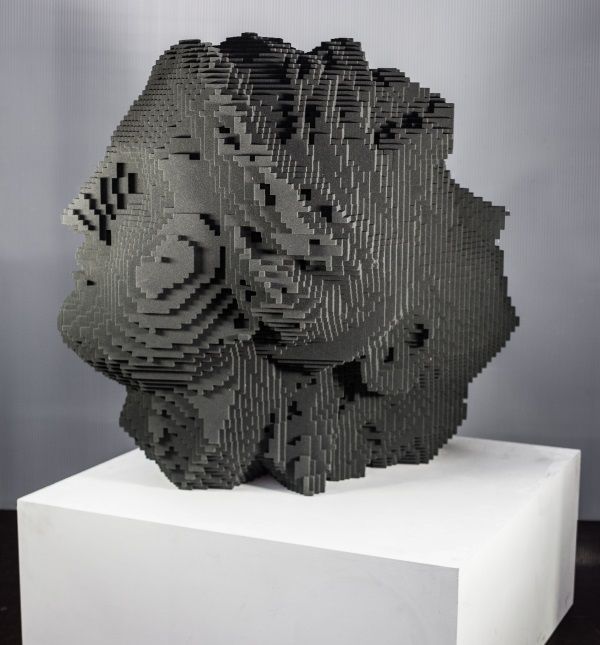
Though resins for laser-based SLA processes can be quite expensive, the machines on our list use LCD which not only allows for cheaper machines but also cheaper resins. For example, Matterhackers’ MH Build Series Epoxy-Free 3D Printer Resin is about $27.99 for a 1kg package. Similarly, if you buy an Anycubic printer, for an extra $36, you can buy a 1kg package of resin that they have developed specifically for their machines. Though the cheapest is more expensive than the cheapest PLA, overall resins are a similar price.
Software
One good thing about 3D printing is that many of the necessary softwares can be found online for free. For example, in order to design for 3D printing, users should have some type of modeling software, most often CAD software, and a slicer. Of course there are other softwares that can be used in 3D printing, such as optimization or workflow management softwares, but a lot can be done with just modeling and slicing. Luckily for anyone aiming to 3D print on a budget, there are many programs that are easy to use for beginners and completely free, including software programs that are open-source, meaning they are constantly updated and improved.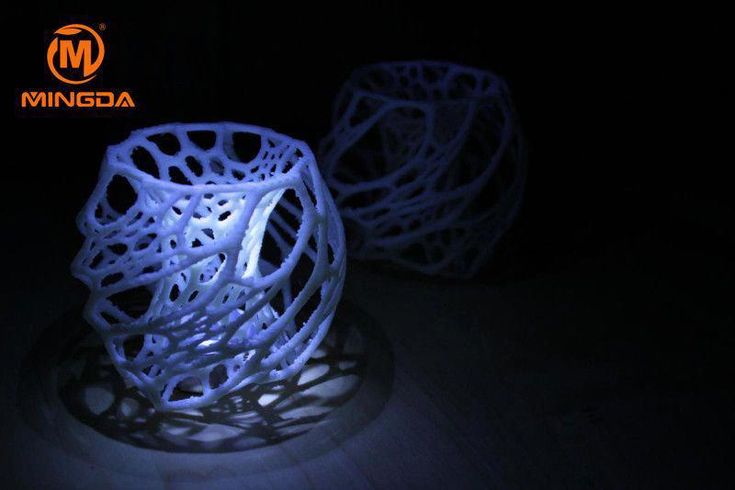
Though originally created by Ultimaker, the cura slicer is open-source and can be used with most FDM machines. Note that you will need a different slicer with an SLA printer. (Photo Credits: Ultimaker)
Additionally, for those who may not want to design their own part from scratch, there are many platform where already developed designs can be downloaded for free. Thingiverse for example, has millions of 3D files that have been uploaded on the site by its user community. Users will be able to download a file directly from the site and from there you just need a slicer before the file can be put into your machine. There are many other free sites where you can find these files like Cults or MyMiniFactory.
For FDM, slicers like cura are free and popular and there are many more available. Note that due to differences in the process, SLA process will need a different software or for the cura software to be heavily modified. There are still free options available however, for example, CHITUBOX basic is free and popular for SLA/DLP processes. Also make sure that whatever machine you use, you check with files it is compatible with. Most are compatible with STL files as that is the standard in the industry, but that isn’t always the case.
Also make sure that whatever machine you use, you check with files it is compatible with. Most are compatible with STL files as that is the standard in the industry, but that isn’t always the case.
Thingiverse is a free platform where you can download 3D files, a good option if you don’t have much experience with 3D printing design
Though it’s not obligatory, if you are looking to get into 3D printing on a tighter budget, it would be good to consider downloading a free STL repair software online. It is entirely possible to print without this software, but considering it is available free online, it is certainly worth it. By using an STL repair software, you will be able to reduce the waste from failed prints, saving significantly on materials.
Post-Processing
Post-processing can be a necessary step for many 3D printed parts, especially if you are using supports. With FDM printing it can be optional, though that limits the parts you can make as supports are what enable users to create parts with overhangs, or that are geometrically more complicated.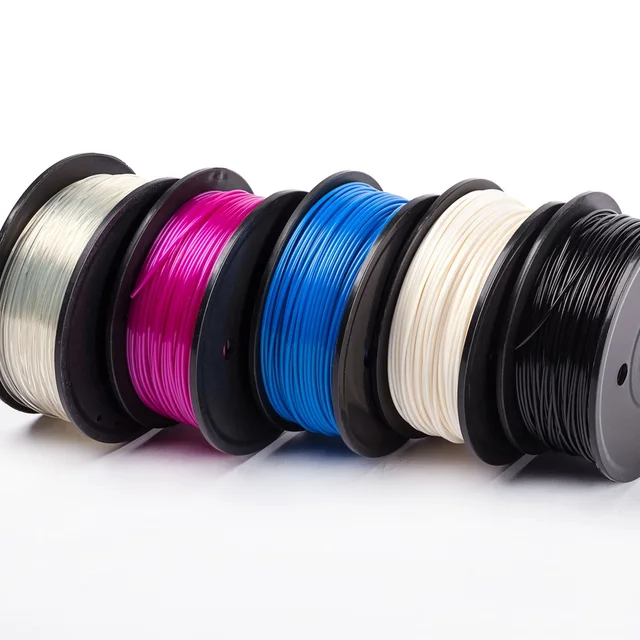 Usually with FDM, unless you want a part that is more complicated, you can either buy supports that can be dissolved or use tools like needle-nose pliers to remove the extra materials, neither option thankfully is very expensive though it will add on to your budget.
Usually with FDM, unless you want a part that is more complicated, you can either buy supports that can be dissolved or use tools like needle-nose pliers to remove the extra materials, neither option thankfully is very expensive though it will add on to your budget.
Even parts made using FDM often need post-processing especially if there is support material like in the image on the left. Make sure to keep in mind the cost of tools (photo credits: MakerBot)
With all SLA/DLP processes, post-processing is obligatory. Though there are cheap options available, Anycubic offers a wash and cure machine for only $99 which could be a good option. It is compatible with most SLA/DLP machines as well. It is also possible to buy resin cleaner to rinse the part yourself, this is usually around $10. Then like with FDM, supports can be removed with a model cutter. The final step is curing, which will always require a UV curing box. You can find these on amazon for cheaper, with many models on the site retailing for about $40.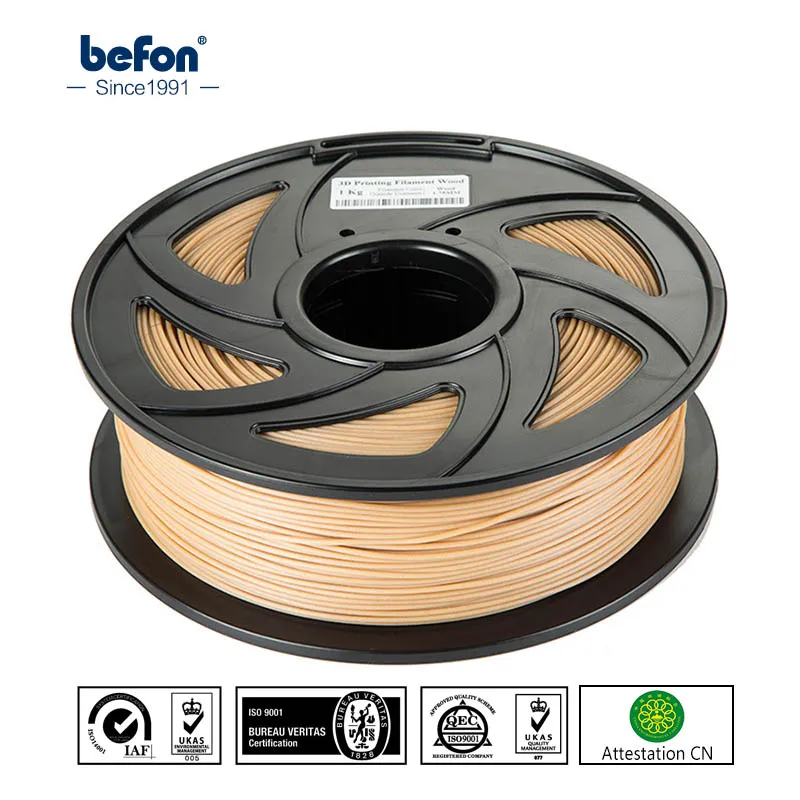
So is it really possible to get into 3D printing on a budget?
All in all, even if you are getting the absolute cheapest of everything, 3D printing is still an expensive hobby. Beyond the initial 3D printer cost, materials will need to be continuously bought which becomes expensive over time. Depending on material, it might also be necessary to invest in adhesives to minimise warping and other issues as well. However, there are ways to reduce the costs. Generally, considering the breadth of free software available and the fact that the cheapest machine on our list is about $109 with material setting you back another $30 and a post-processing machine for an additional $40-60, it is absolutely possible to invest in 3D printing for under $200.
If you are looking into 3D printing for just a few pieces, or if you want to see whether it will be profitable for a business, instead of investing in a printer, it might be a better idea to check out some available 3D printing services.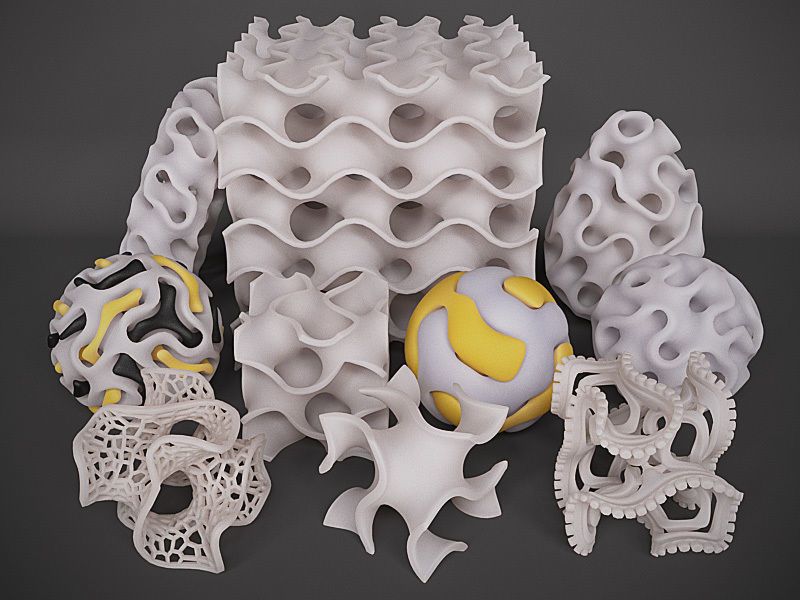 3D printing service bureaus will quote a price and print a part on your behalf. They are a great option for when you only want an occasional 3D printed part, you want to use a specific technology that you are not trained in, or if you want to test out 3D printing for your business. Ultimately, 3D printing services are the ideal way to ensure you are 3D printing on a budget as they will enable you to get your part at less cost than investing in materials and machines.
3D printing service bureaus will quote a price and print a part on your behalf. They are a great option for when you only want an occasional 3D printed part, you want to use a specific technology that you are not trained in, or if you want to test out 3D printing for your business. Ultimately, 3D printing services are the ideal way to ensure you are 3D printing on a budget as they will enable you to get your part at less cost than investing in materials and machines.
Would you be interested in getting into 3D printing on a lower budget? Let us know in a comment below or on our Facebook, Twitter and LinkedIn pages! Sign up for our free weekly Newsletter here, the latest 3D printing news straight to your inbox!
Is 3D Printing Expensive or Affordable? A Budget Guide – 3D Printerly
3D printing has gained a lot of popularity in recent times, but people wonder just how expensive or affordable 3D printing is.
3D printing is not expensive and very affordable as you can get a decent 3D printer for around $150-$200 like the Ender 3.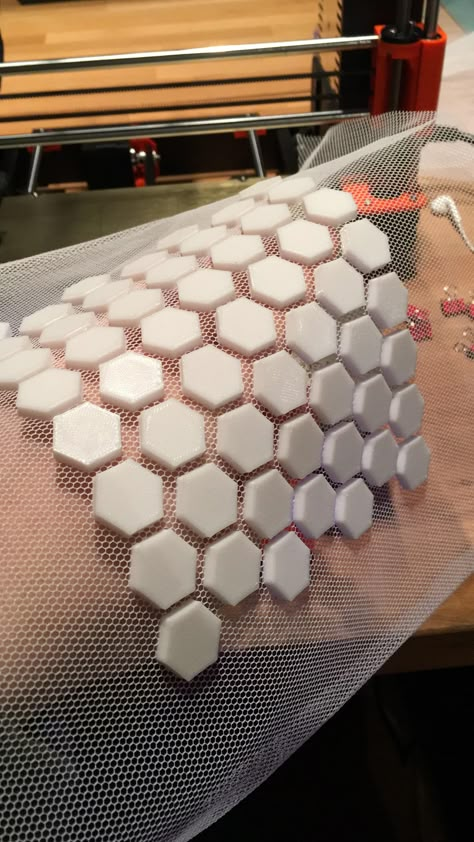 The materials you need to 3D print are also relatively cheap, being only around $20 for 1KG of plastic filament. 3D printing items can be several times cheaper than buying them.
The materials you need to 3D print are also relatively cheap, being only around $20 for 1KG of plastic filament. 3D printing items can be several times cheaper than buying them.
There are other consumables involved such as nozzles, belts, and PTFE tubing, but they are pretty cheap.
I’ll get into more details to help answer this question properly so keep on reading for some key information.
Is 3D Printing Really Expensive?
3D printing is no longer an expensive or niche hobby. Due to new advances in additive manufacturing technology, the cost of 3D printing has dropped sharply in the last decade.
The Creality Ender 3 is the most popular 3D printer out there which you can get from Amazon. It has the basic features that you’d want in a 3D printer to create some amazing models. This was actually my first 3D printer and it is still going strong today after a few years.
Once you have your 3D printer, the main factors influencing the price of 3D printing are how often you use it and the sizes of the models you are creating. If you are always printing large models, your expenses on filament will be bigger than if you create smaller models and less often.
If you are always printing large models, your expenses on filament will be bigger than if you create smaller models and less often.
Although for larger 3D prints, a large 3D printer is ideal, you can actually separate models, arrange them on the build plate, then glue them together afterwards.
This is a pretty common practice among 3D printer hobbyists, especially for character models and figurines.
Cheap printing technologies like the FDM (Fused Deposition Modeling) and resin SLA (Stereolithography) printers occupy the budget end of the spectrum. These printers are popular with beginners due to their relative cheapness and simplicity.
You can produce some amazingly high quality models at a budget price.
Organizations like NASA have even taken to using these printers for astronauts to create functional models in spaceships. There is however a ceiling to the quality that can be provided.
To get better quality, you can either upgrade your printer or make sure to calibrate your machine so that it runs smoothly.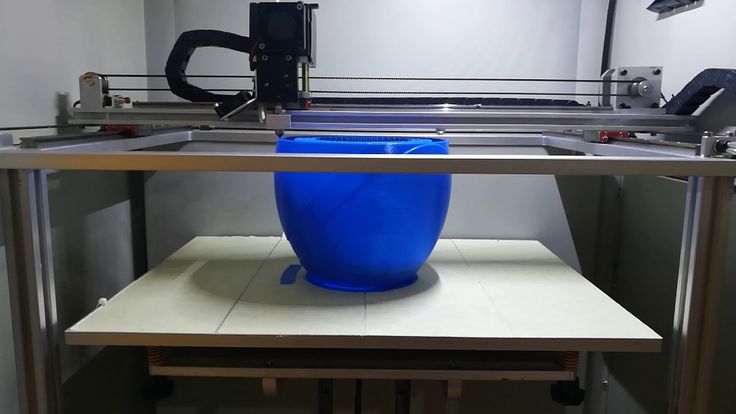
For industrial and more functional applications, better materials and high precision are desired. At this level, high-level printers like the SLS printers are used. These printers print with higher quality materials producing prints with great accuracy and precision.
Their price range is usually out of the reach of the average consumer.
FDM printing definitely has its uses in the right industrial applications, even going up to laying down concrete to build houses from the ground up.
Finally, adding to the cost of 3D models are the consumables. These represent recurrent costs like printing materials, small upgrades, replacements, electricity, and finishing costs such as coating sprays or sandpaper.
Like the printers, the consumables for high-level printing technologies cost more than those for their budget equivalents.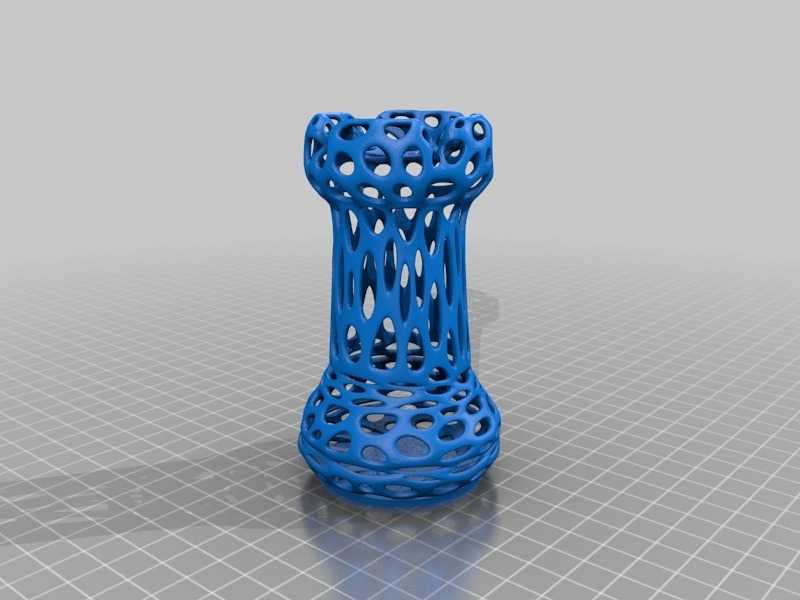
For hobbyist printing models at home, a budget desktop 3D printer will probably be enough to satisfy all your needs.
These models come at very low costs, their printing materials are cheap, they only require minimal consumables like electricity, and they are easy to use.
The best thing you can do to keep the prices low, is ironically to get a high quality 3D printer which can cost a little extra compared to those very budget options.
Saying that, there is one staple 3D printer that is very loved, and the most popular 3D printer, the Ender 3 V2.
You can pick one of these up from Amazon or BangGood for under $300, and it’s sure to provide great quality prints and easy operation for several years to come.
How Much Does 3D Printing Cost?
We have mentioned some of the factors that affect the cost of 3D printing in the section above. Now, we want to see how those prices stack up and contribute to the cost of the final 3D model.
Here is a breakdown of how all these factors contribute to the cost of the 3D printing process:
How Much Does a 3D Printer Cost?
This is the major cost of 3D printing.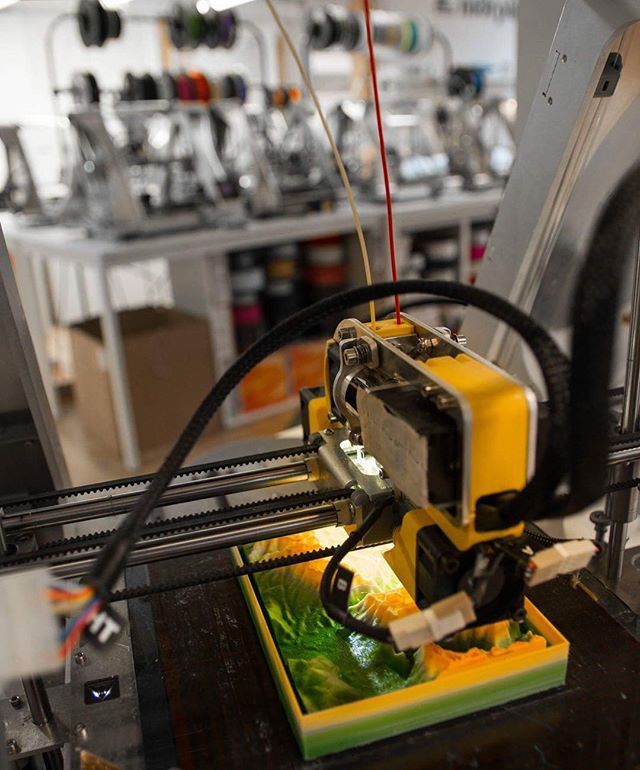 It represents the upfront cost or investment in acquiring the 3D printer.
It represents the upfront cost or investment in acquiring the 3D printer.
Like we mentioned earlier in this article, the quality of the 3D model gotten depends on the type of printing technology used. Higher quality models often require additional upfront costs.
Let’s run through the costs of some of the popular printing technology at the various price points.
FDM 3D Printers
FDM printers are some of the most popular on the market due to their low cost. Budget offerings like the Ender 3 V2 start at $270. This relatively low price point makes it popular with amateurs, students, and even professionals to 3D printing.
Budget FDM printers produce good print quality for the price, but for more professional prints, you’ll be looking to upgrade to a more expensive desktop printer. The Prusa MK3S is one of these.
Priced at $1,000, it straddles the range between cost and performance offering a higher print volume and great, professional print quality at a decent price.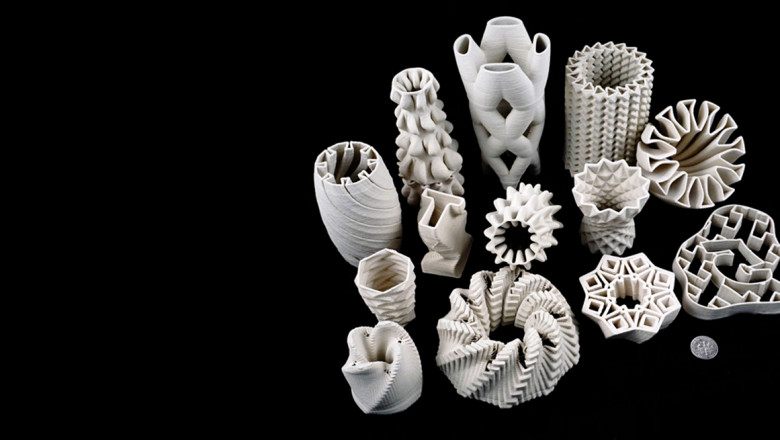
Large volume industrial grade FDM printers like the BigRep ONE V3 from Studio G2 are available, but the $63,000 price tag is sure to put it out of the range of most consumers.
It has a build volume of 1005 x 1005 x 1005mm, weighing about 460kg. This isn’t the usual 3D printer of course, compared to the standard build volume of 220 x 220 x 250mm.
SLA & DLP 3D Printers
Resin-based printers like the SLA and DLP are used by people who want slightly better print quality and speed than what the FDM printers offer.
Cheap SLA printers like the Anycubic Photon Zero or the Phrozen Sonic Mini 4K are available in the $150-$200 range. These printers are simple machines geared at beginners.
For professionals, bench top units like the Peopoly Phenom are available for the whopping price of $2,000.
Another respectable SLA 3D printer is the Anycubic Photon Mono X, with a build volume of 192 x 112 x 245mm, at a price tag well under $1,000.
Printers like this are used for creating fine detailed large-sized prints that budget models cannot handle.
SLS 3D Printers
SLS printers are the most expensive on this list. They cost more than your average 3D printer with entry-level units like the Formlabs fuse going for $5,000. These expensive units might not even be able to keep up with the rigors of industrial printing.
Large scale models like the Sintratec S2 are ideal for this with a price range of about $30,000.
How Much Do 3D Printing Materials Cost?This is a major recurring cost in 3D printing. The quality of the printing material to a large extent determines how well the 3D model will turn out. Let’s run through some of the popular printing materials and their costs.
Cost of FDM Printing Materials
FDM printers use thermoplastic filaments. The type of filaments used in printing depends on the strength, flexibility, and conditions required by the model. These filaments come in reels with the quality of the filament determining the price.
These filaments come in reels with the quality of the filament determining the price.
PLA, ABS, and PETG filaments are some of the most popular options. They are used by most FDM hobbyists due to their cheap price (around $20-$25 per spool). They come in several different color options.
These filaments are relatively easy to print with, PLA being the easiest, but they can have the drawback of being too brittle or weak for some applications.
There are fixes for strengthening parts through settings like infill density, number of perimeter walls, or even increasing the printing temperature. If this doesn’t provide enough strength, we can move onto stronger materials.
Special purpose filaments like wood, glow in the dark, Amphora, flexible filaments (TPU, TCU), etc. are also available. These are exotic filaments used for special projects that require these types of special materials, so their prices are above the average price range.
Finally, we have high-quality filaments like the metal-infused, fiber, and PEEK filaments.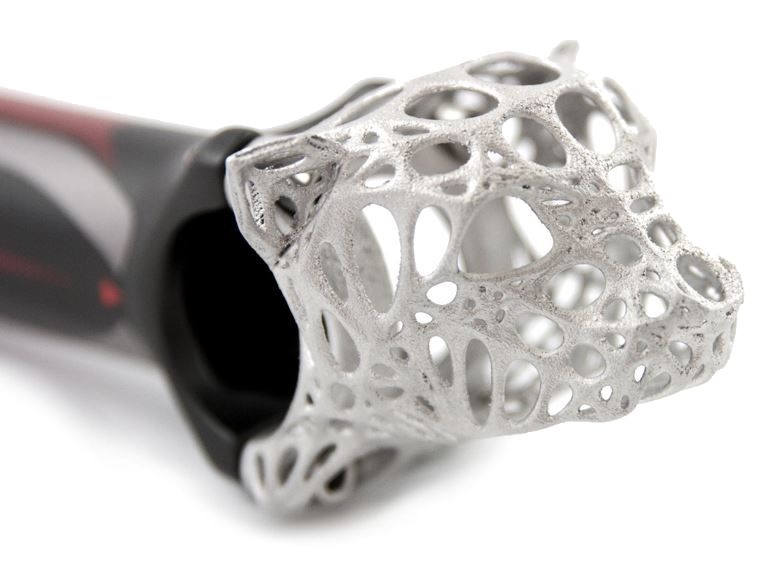 These are expensive filaments used in situations where material quality and strength is of great importance. They are available in the $30 – $400/kg range.
These are expensive filaments used in situations where material quality and strength is of great importance. They are available in the $30 – $400/kg range.
Cost of SLA Printing Materials
SLA printers use photopolymer resin as the printing material. Resin is a liquid polymer that reacts to UV light and hardens as a result.
There are many types of resins ranging from the standard entry-level resins to high-performance resins or even dentistry resins used by professionals.
Standard resins like the Anycubic Eco Resin and the Elegoo Water Washable Resin are some of the most popular on the market. These resins allow for quick curing of the material which speeds up printing.
They also come in a variety of colors for the buyer. They cost in the range of $30-$50 per liter.
Resins for special applications like dental 3D printing and ceramics are also available. These resins are used to print anything from dental crowns to metal-infused 3D parts.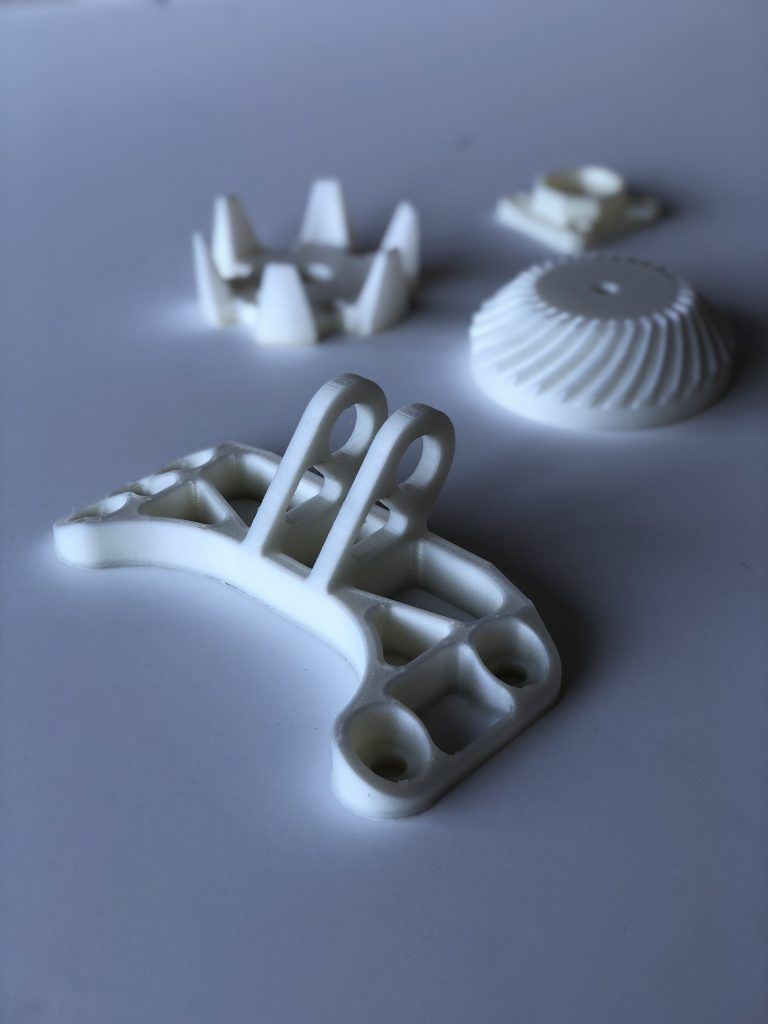 These types of resins can cost anywhere from $100 to $400 per liter.
These types of resins can cost anywhere from $100 to $400 per liter.
Cost of SLS Printing Materials
SLS printers use a powdered medium as their material. The standard printing powder for an SLS printer which is PA 12 nylon costs anywhere from $100 to $200 per kg.
For metal SLS printers, the cost of the powder can be as high as $700 per kg depending on the type of metal.
How Much Do 3D Printing Consumables Cost?
These factors like electricity, maintenance cost, etc. also contribute to the price of the final 3D model. These costs are dependent on the size, printing frequency, and the average time of operation of the 3D printer.
Let’s take a look at some of the consumables for these printers.
Cost of FDM Consumable Parts
FDM printers contain a lot of moving parts so, a lot of parts need to be changed and serviced regularly for the proper running of the machines. One of these parts is the print bed.
The print bed is where the model is assembled.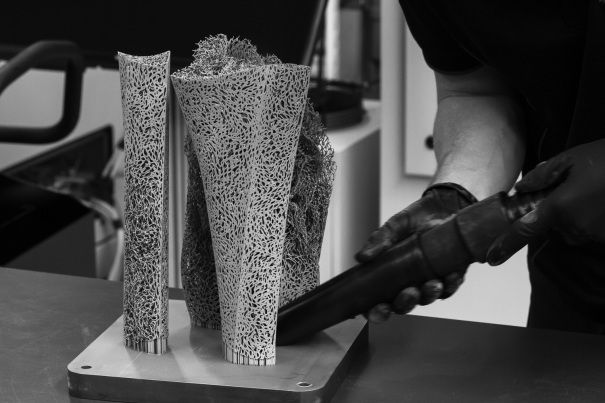 To ensure the model sticks well to the print bed during printing, the bed is covered with an adhesive. This adhesive can be printer’s tape or a special type of tape known as Kapton tape.
To ensure the model sticks well to the print bed during printing, the bed is covered with an adhesive. This adhesive can be printer’s tape or a special type of tape known as Kapton tape.
The average cost for the printer’s tape is $10. Many people use glue sticks for good bed adhesion.
Instead, you can choose a Flexible Magnetic Surface which has great adhesion without requiring any extra substances. When I first got mine, I was surprised how effective it was compared to the stock bed.
Another part that needs periodic maintenance is the nozzle. Due to the extreme heat it undergoes, the nozzle has to be changed every 3 to 6 months to avoid bad print quality and misprints.
A good replacement is the LUTER 24-Piece Brass Nozzle Set which costs $10. Depending on the materials you print with, some of which are abrasive, your nozzle can last a few prints, or many months of prints.
You can opt in to get a Hardened Steel Nozzle, which has amazing durability for any types of filament.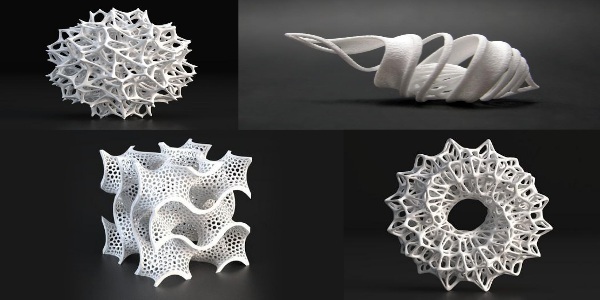
Another part is the timing belt. This is an important part that drives the print head, so it is necessary to upgrade and change it to avoid loss of accuracy. The average price of a new belt is $10, though it doesn’t require change often.
Cost of SLA Consumable Parts
For SLA printers, maintenance often involves cleaning the light sources with an alcohol solution to avoid dirt buildups that can reduce the light quality. But still, some of the parts need to be checked or changed periodically.
FEP film is one of them. The FEP film is a non-stick film that provides a way for the UV light to cure the liquid resin without it sticking to the tank. The FEP film needs to be replaced when it is bent or deformed. The price for a pack of FEP films is $20.
The LCD screen of the printer also needs to be replaced because the intense level of heat and UV rays it faces damages it after some time. The advisable time for changing the screen is every 200 working hours.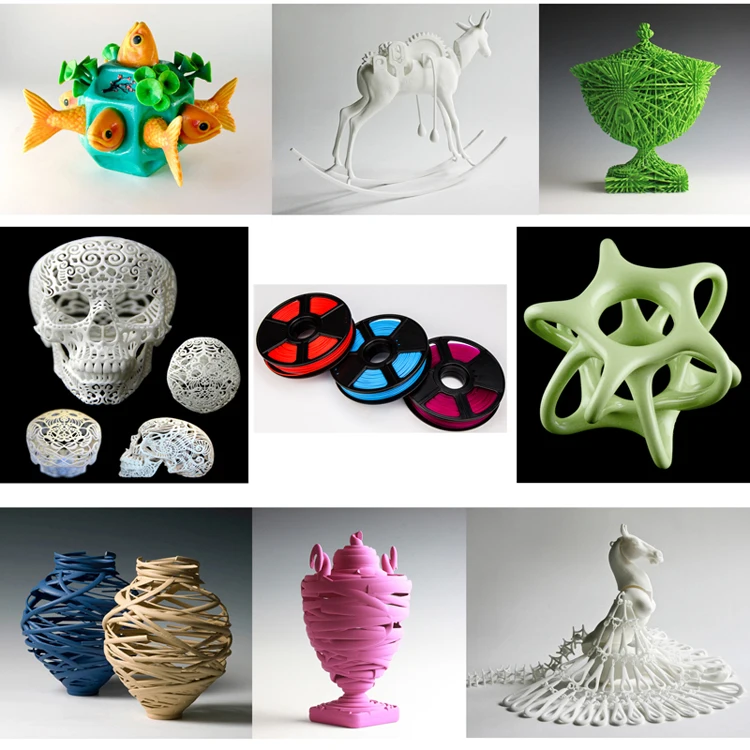
The price of the LCD varies from $30 to $200 for the pricier 3D printers like the Photon Mono X, which I did an in-depth review of.
With new releases and developments of 3D printers, there is the new monochrome LCD which can actually last for around 2,000 hours without needing replacement. That’s why it’s a good idea to go above budget 3D printers in some cases.
Cost of SLS Consumable Parts
SLS printers are very complex, expensive machines with high power parts like lasers. Maintenance of these machines is best handled by qualified professionals which can be very costly.
Above all, to keep all printers in tip-top shape, periodic preventive maintenance like cleaning, lubrication, and recalibration has to be carried out regularly. All these can add to labor costs in terms of time used.
Even troubleshooting can be very time-consuming if something goes wrong, or you upgrade something without closely following a tutorial, something I’ve experienced myself.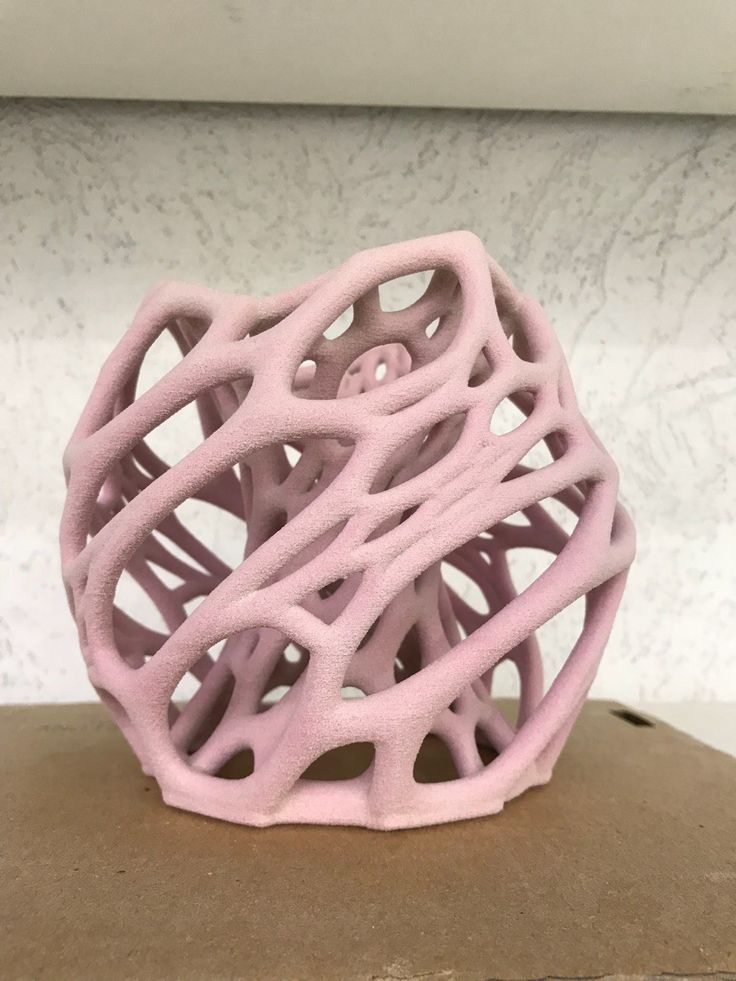
How Much Does Finishing a 3D Print Cost?
After the model is printed, sometimes there are still some treatments that need to be performed on it before it is ready to be used. These finishing methods vary between printing technologies. Let’s have a look at some of them:
After printing with an FDM printer, the print supports are removed, and the surface of the model is machined to give it a smooth finish. These activities add to the labor costs required.
Resin-based 3D printers often require the models to be washed in a chemical solution and then cured post-printing. The price of these activities varies with each model, but they are relatively cheap.
Some people opt-in for an all-in-one solution like the Anycubic Wash & Cure which can increase your costs, but budget options are always available.
I currently just use a plastic container with isopropyl alcohol and a separate UV lamp with a solar turntable, it works really well.
Treatment of SLS printed parts can be as simple as wiping off the excess powder on the printed parts.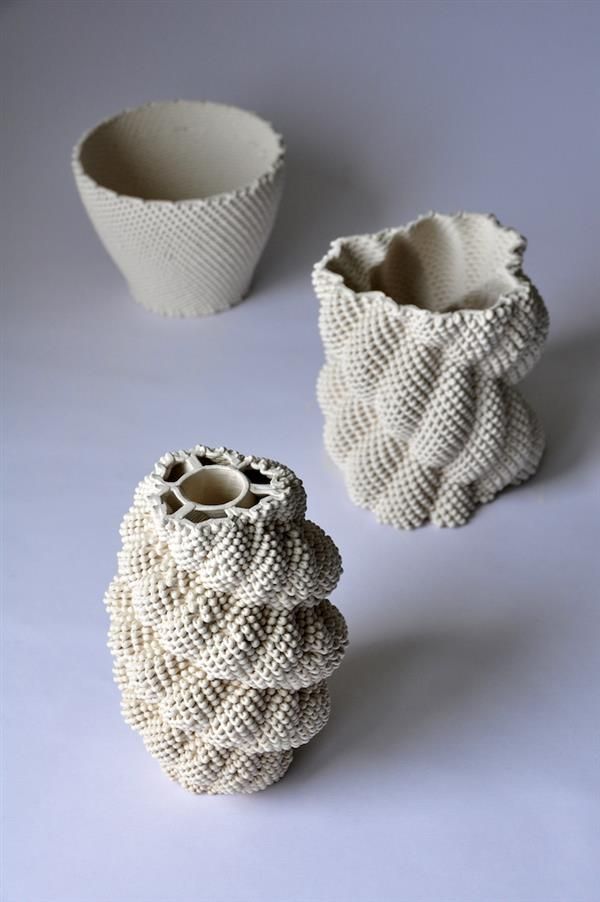 For some metal parts, also undergo sandblasting and oven heat treatments. This can also add to labor costs.
For some metal parts, also undergo sandblasting and oven heat treatments. This can also add to labor costs.
Is 3D Printing Cheaper Than Buying 3D Models?
Seeing all the costs and numbers up there by now, you might be wondering if getting a 3D printer might be worth the hassle.
I mean, you could easily send your models to an online printing service and have them do all the work for you right? Let’s examine the cost-effectiveness of that idea.
Looking at some of the offerings from popular 3D printing services on the CraftCloud website, I checked out the price for printing out a simple spice rack from Thingiverse.
You simply download or create your STL file and drag/upload the file on this page.
Next up we come to select the material, with varied pricing depending on which one you choose.
You can choose whether you want your model sanded or left as normal, though it was a very significant increase listed.
Now you get to choose your desired color. They really have a large selection, especially if you’re choosing PLA. Some exclusive colors have large increases in price so you probably want to stick to the basic colors.
They really have a large selection, especially if you’re choosing PLA. Some exclusive colors have large increases in price so you probably want to stick to the basic colors.
At this stage you have your model and it’s specifications all done, so now we move onto the delivery and price offers. The cool thing is that you have many companies who can take your order, some cheaper than others.
The price ran into $27 including shipping for printing with the cheapest filament (PLA), and a lead time of 10-13 days.
This costs even more than a whole 1kg spool of PLA, plus the shipping time was well over a week.
After inputting the model into Cura, and having to scale the model to fit the Ender 3 build plate dimensions, it gave a printing time of 10 hours, and a material usage of 62 grams of filament.
I did have to scale the model to 84% to fit it in my 3D printer, so to convert it back, adding around 20% would be 12 hours and 75 grams of filament.
Compared to the $27 3D printing service price, 75 grams of filament with a $20 1kg roll of PLA translates to just $1.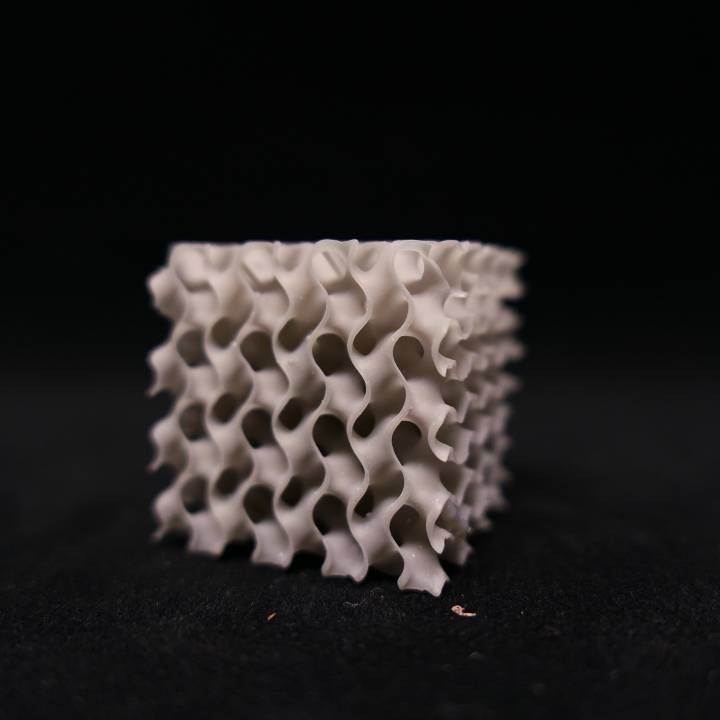 50, and a much quicker lead time.
50, and a much quicker lead time.
3D printing services are great for large, specialized models that might not be able to be handled in house.
Due to their superior economy of scale, these services can provide multiple specialized printing equipment and expertise that might not be accessible to the average consumer.
To my knowledge, small businesses tend to use these services for one-off prototypes, or for large-scale orders at a discount.
As we’ve shown above, using a 3D printing service for simple small-scale designs that can be handled in-house can be extremely expensive.
Not to mention the long delivery times that take away the advantages touted by rapid prototyping over traditional manufacturing.
If you frequently print a lot of models, it’s best to pay the initial costs and invest in a desktop printer. Although it might take a lot of learning hours and several failed 3D models, at the end of the day, printing your models is worth it.
The future returns when you have fine-tuned your printing process are far greater than constantly hiring 3D printing services.
Is 3D Printing Cost-Effective for Making Things?
Yes, 3D printing is cost-effective for making objects. With a 3D printer, common models or objects can be easily manufactured and customized with ease. This helps reduce the cost of these objects and also helps streamline the supply chain. They are especially cost-effective if you combine CAD skills to create your own models.
But it has to be said, 3D printing does not scale well. Due to the current limitations of technology, 3D printing is only cost-effective over traditional methods when manufacturing small objects in small batches.
As the size and quantity of the models begin to increase, 3D printing loses its cost-effectiveness.
A very interesting fact about 3D printing and it’s effect in industries is how it took over the hearing aids market.
3D printing is perfect for specialized, unique objects that can be personalized for each individual. After 3D printing was adopted into the hearing aid industry, over 90% of hearing aids manufactured today are from 3D printers.
Another industry that has made huge strides is the prosthetics industry, especially for children and animals.
In the right industry, 3D printing can be very cost-effective and rapid in the manufacturing of many objects. The main drawback is actually creating the designs, but that it becoming a lot easier with technological advancements in 3D scanning and software.
Selection of materials for 3D printing. Part 1.
Hello fellow printers!
In touch 3DMindex.
I am a frequent user of the portal 3DToday.ru , and every time I see another article called “another technological plastic” I get a slight shiver. In the period from 2019 to 2020, so many materials were published that it will be very difficult for even an experienced user to figure out why and for what this or that material is needed.
In my article tetralogy, I decided to make a detailed review of the materials presented by various manufacturers, excluding those that do not deserve special attention.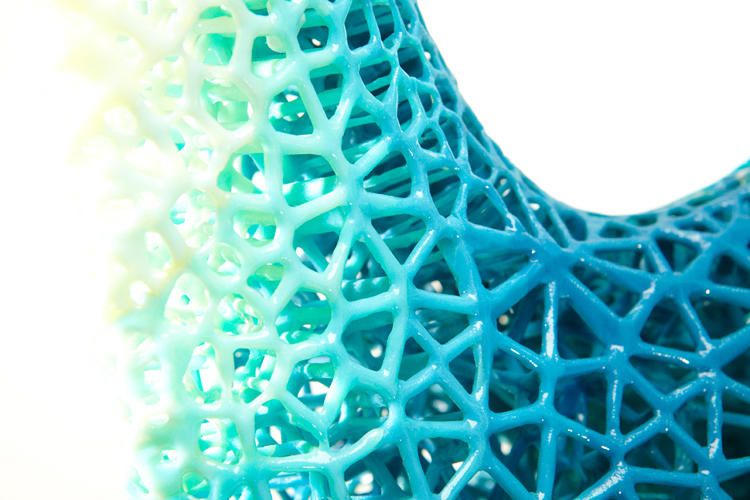 I will make my own rating, according to which I will recommend this or that material from key manufacturers for purchase, and I will tell you about the experience of using them on various 3D printers. The following material manufacturers were chosen by me: Filamentarno, REC, PrintProduct, BestFilament and FD Plast (as the most popular manufacturer among garage craftsmen)
I will make my own rating, according to which I will recommend this or that material from key manufacturers for purchase, and I will tell you about the experience of using them on various 3D printers. The following material manufacturers were chosen by me: Filamentarno, REC, PrintProduct, BestFilament and FD Plast (as the most popular manufacturer among garage craftsmen)
Equipment I work on : Hercules Strong . In my work, I came across many printers, such printers as Ultimaker S2 , Up Mini , Picaso Designer ( Different versions ), Magnum Create , Zenith , Raise N2 , VolgoBot version A4 PRO, and others.
I searched for information bit by bit from different sites, and seasoned them with a little touch of subjective opinion, and also tried to combine everything in my (several) articles.
Let's start:
In this article I will talk about the most famous materials from which everyone begins to get acquainted with the 3D industry.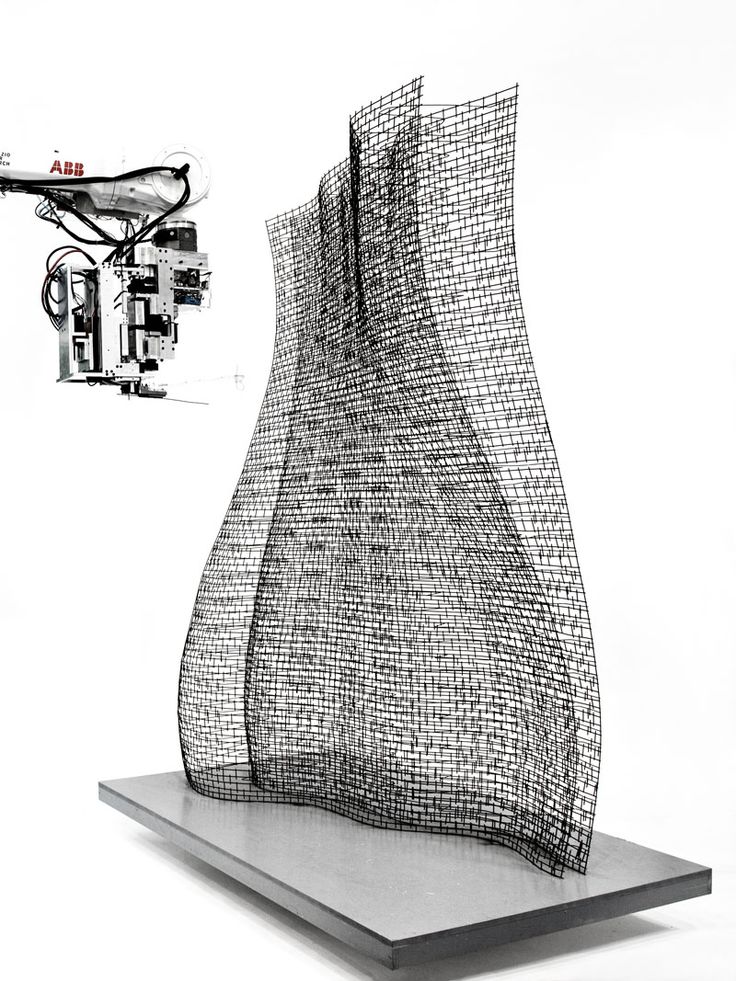 I’ll tell you what to expect and what to fear when working with this or that material, indirectly go through the print parameters, talk about the technical characteristics, application, touch on the economic component when working with a certain material, list some features and sum up my “TOP manufacturers” for production materials and printers( in the high price category ) when working with these materials.
I’ll tell you what to expect and what to fear when working with this or that material, indirectly go through the print parameters, talk about the technical characteristics, application, touch on the economic component when working with a certain material, list some features and sum up my “TOP manufacturers” for production materials and printers( in the high price category ) when working with these materials.
#1 ABS
ABS High impact engineering thermoplastic resin. In 3D printing is the most one of the most popular material.
Print options:
- Extrusion temperature - 210-245°C
- Table temperature - 90-120°C
- Interlayer cohesion - medium
- Table adhesion - medium
This is one of those materials that must be printed in a closed chamber. Fortunately, all modern manufacturers equip printers with a closed case (with the exception of Magnum 'a). In this regard, the printing becomes less toxic, and also (which is no less important) there is a better sintering of the layers (cohesion). For the better, I can note the company Volgobot , they developed an active thermostatic chamber in the PRO version on their printer. In other words, in addition to a heated table (up to 150°C), they have a heating element with a convection fan, thanks to which a single temperature is maintained throughout the entire print volume. According to the manufacturer, the temperature difference in the chamber varies by ± 2°C at 100°C. With this thermal chamber, new frontiers can be opened for use ABS plastic. For example, you can put a model with 100% infill on the entire print area, and their print area is about 297/210/200mm. How does Picaso behave when printing? So in terms of print quality ABS ’om ( as well as other materials ), they are objectively the first in Russia in this parameter, but the issue of stable operation is acute for them.
In this regard, the printing becomes less toxic, and also (which is no less important) there is a better sintering of the layers (cohesion). For the better, I can note the company Volgobot , they developed an active thermostatic chamber in the PRO version on their printer. In other words, in addition to a heated table (up to 150°C), they have a heating element with a convection fan, thanks to which a single temperature is maintained throughout the entire print volume. According to the manufacturer, the temperature difference in the chamber varies by ± 2°C at 100°C. With this thermal chamber, new frontiers can be opened for use ABS plastic. For example, you can put a model with 100% infill on the entire print area, and their print area is about 297/210/200mm. How does Picaso behave when printing? So in terms of print quality ABS ’om ( as well as other materials ), they are objectively the first in Russia in this parameter, but the issue of stable operation is acute for them. I know that they are very worried about this, and this is their key merit, but my friends and I who work with this printer have malfunctions, in general, the issue of malfunctions can be attributed to any technique, but once it happened like this that Picaso did not work out of the box yet ( this happens sometimes in case of careless transportation, and applies to all manufacturers of 3D printers ), but fast ( like-nowhere ) and qualified ( especially ) technical support helped to solve this and not only problems, thanks to them for that. As for other manufacturers, some print “good”, and some “satisfactory”, the question is more about how much manufacturers sell their goods for, and which goods are worth their money and which are not.
I know that they are very worried about this, and this is their key merit, but my friends and I who work with this printer have malfunctions, in general, the issue of malfunctions can be attributed to any technique, but once it happened like this that Picaso did not work out of the box yet ( this happens sometimes in case of careless transportation, and applies to all manufacturers of 3D printers ), but fast ( like-nowhere ) and qualified ( especially ) technical support helped to solve this and not only problems, thanks to them for that. As for other manufacturers, some print “good”, and some “satisfactory”, the question is more about how much manufacturers sell their goods for, and which goods are worth their money and which are not.
Specifications:
- Melting point - 175-210°C
- Softening point - 100°C
- Operating temperature -40+80°C
- Hardness (Rockwell) - R105-R110
- Elongation at break - 6%
- Bending strength - 41 MPa
- Tensile strength - 22 MPa
- Tensile modulus - 1.
 6 GPa
6 GPa - Flexural modulus - 2.1 GPa
- Density - 1.1 g/cm³
- Shrinkage in the manufacture of products - up to 0.8%
- Moisture absorption - 0.45%
Application:
This material is found everywhere in our lives. It is widely used in industry, large car parts (dashboards, radiator grilles), cases of large household appliances, sports equipment, plumbing products are made from it. In 3D printing, it was the first polymer used. Unfortunately, in this area it is not as easy to handle as we would like. Due to the specifics of the technology, it is difficult to make large objects from it due to shrinkage, detachment and delamination of the model occur. A closed print chamber partially solves this problem, in order to almost completely get rid of it, it is necessary to have a thermostatic chamber.
Pros:
- Good combination of strength and elasticity makes it suitable for mechanical applications.
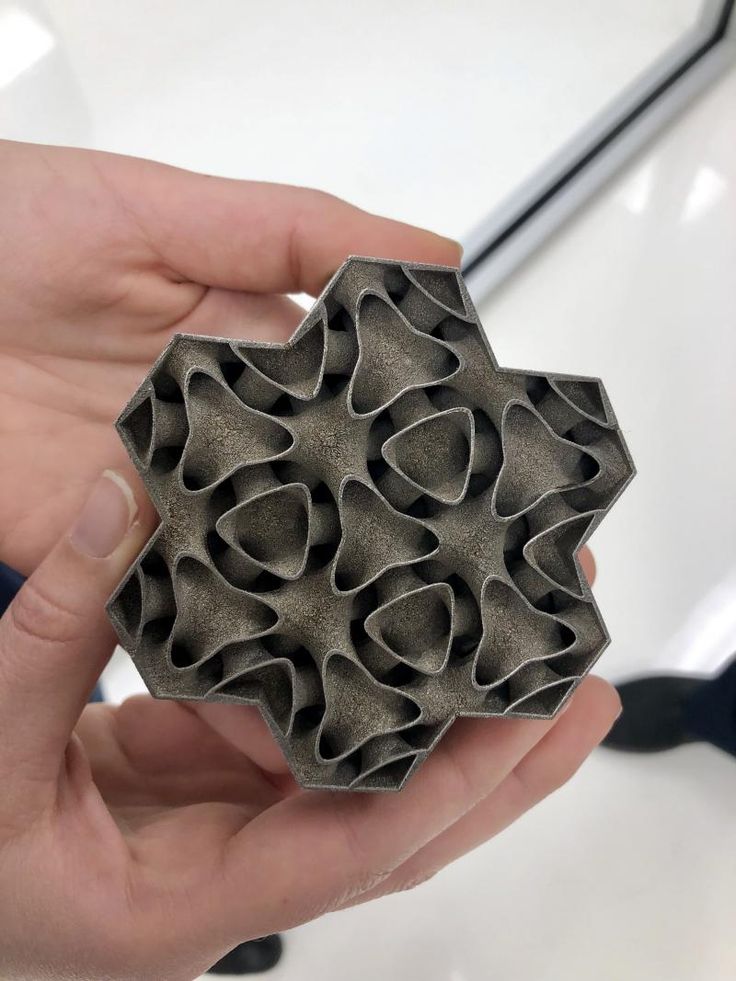
- A wide range of temperatures used allows the use of products from it for technical purposes.
- Ease of machining, combined with chemical smoothing of the surface with inexpensive solvents such as acetone, allows you to make decorative items or cases with a high surface quality.
Cons:
- Does not tolerate UV radiation well, turns yellow in sunlight, which limits the use of unpainted surfaces outdoors
- Does not like drafts when printing, which limits the use of cheap printers with an open case.
- Due to relatively high shrinkage it is prone to delamination (separation), requires a heated bed, without it there are problems with the first layer sticking to the bed.
- During the printing process, an unpleasant odor may form, it is better to print in a ventilated room, or to equip the printer with a special exhaust ventilation system, with output outside the apartment.
Economic component:
Here is a table with manufacturers, with current prices for January 21.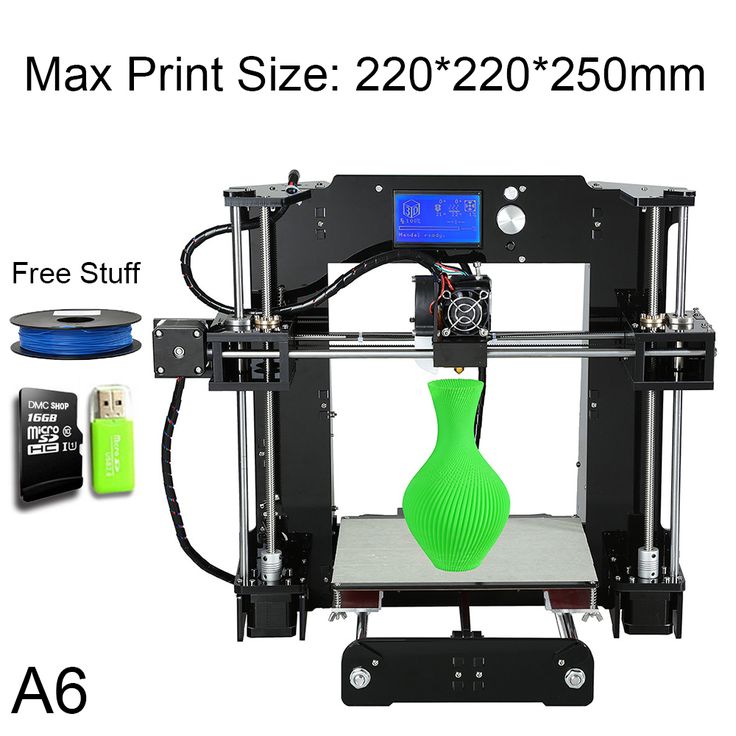 Since manufacturers sell coils in different weights, I decided to find the cost of the material per gram of the product by the ratio of price to weight. The result is presented in column “ ₽/M ”. The column “ Quality ” is absolutely subjective, because I gave points in it absolutely arbitrarily, based on the experience of working with material from one or another representative, but in general, the quality of today's production mastodons is ± on the same level, and the problems I have with printing can be related to the storage conditions of materials. Column “ Recommendation ” - is the ratio of “ Quality ” to “ ₽/M ”, it is needed in order to reduce these values to a common denominator, the higher the score in it, the more I recommend the material from this manufacturer.
Since manufacturers sell coils in different weights, I decided to find the cost of the material per gram of the product by the ratio of price to weight. The result is presented in column “ ₽/M ”. The column “ Quality ” is absolutely subjective, because I gave points in it absolutely arbitrarily, based on the experience of working with material from one or another representative, but in general, the quality of today's production mastodons is ± on the same level, and the problems I have with printing can be related to the storage conditions of materials. Column “ Recommendation ” - is the ratio of “ Quality ” to “ ₽/M ”, it is needed in order to reduce these values to a common denominator, the higher the score in it, the more I recommend the material from this manufacturer.
What is the result?
1st place - FD Plast (Recommended for test printing)
2nd place - Filamentarno (I highly recommend)
3rd place - PrintProduct
4th place - Bestfilament
5th place - REC
To my surprise, FD Plast has the first place in this championship, and REC is outsiders. What are the reasons? Of course in price. About 5 years ago, REC was the top quality with corresponding prices, but over the past couple of years, other manufacturers have pulled up in this parameter, but the prices are kept lower than REC, hence the connection. Maybe after this article, REC will stop slightly jacking up prices for their material, and will be more accessible to ordinary buyers.
What are the reasons? Of course in price. About 5 years ago, REC was the top quality with corresponding prices, but over the past couple of years, other manufacturers have pulled up in this parameter, but the prices are kept lower than REC, hence the connection. Maybe after this article, REC will stop slightly jacking up prices for their material, and will be more accessible to ordinary buyers.
As for FD Plast, in my opinion, their material is suitable for test or home printing, but if you have a serious large-scale project and tight deadlines, then it is better to contact trusted manufacturers. It will turn out more expensive, but spend less time and nerves in case the seal fails.
It is also worth noting that there are many brands and composites based on ABS, and therefore the prices for the material can vary so much, unfortunately, the manufacturer does not offer a technological map for the material, which is why it is impossible to fully find the answer to Question: Why is it so expensive?
If you order 3D printing from various companies, then on average in the provinces the price for printing with this plastic is from 10 to 30 rubles per gram, if you order from top3Dshop, then the price for ABS is 45 rubles per gram.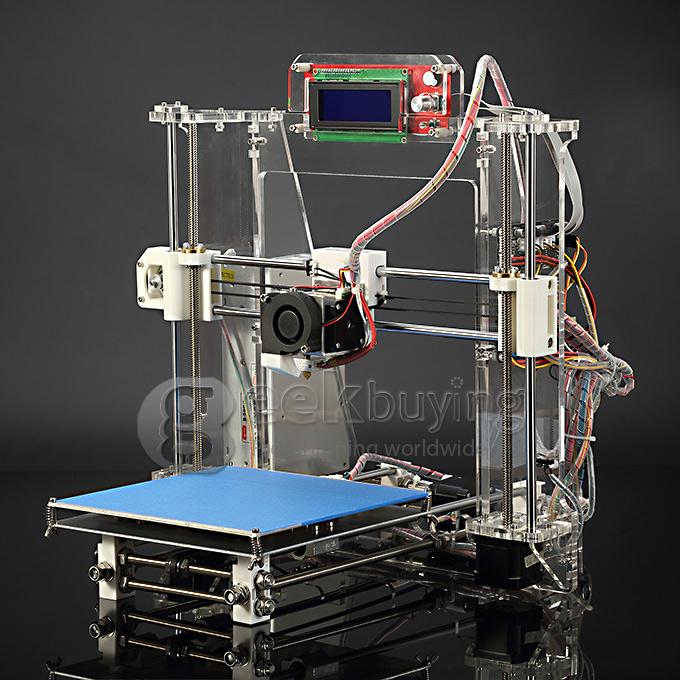
In general, using this plastic is quite a profitable business if you are going to fulfill orders for 3D printing.
Top ABS 3D Printer:
1 Place - Picaso
2 Place - Hercules (slightly not up to Picaso in quality, I think the price tag for equipment is too high, I took it myself solely from the recommendations of comrades and a large (high) print area. )
3rd place - Volgobot (the quality is comparable to Hercules strong, but the price tag is lower, I put it in 3rd place due to the fact that the company is not as large as direct competitors, although it has its own development vector, and their thermal chamber works wonders with ABS, however this is not their only worthy development, they have a configurator with a large list of options in which you can assemble a printer for your tasks, however, you should contact the manufacturer for all the details. but the guys try and keep in touch with all their customers.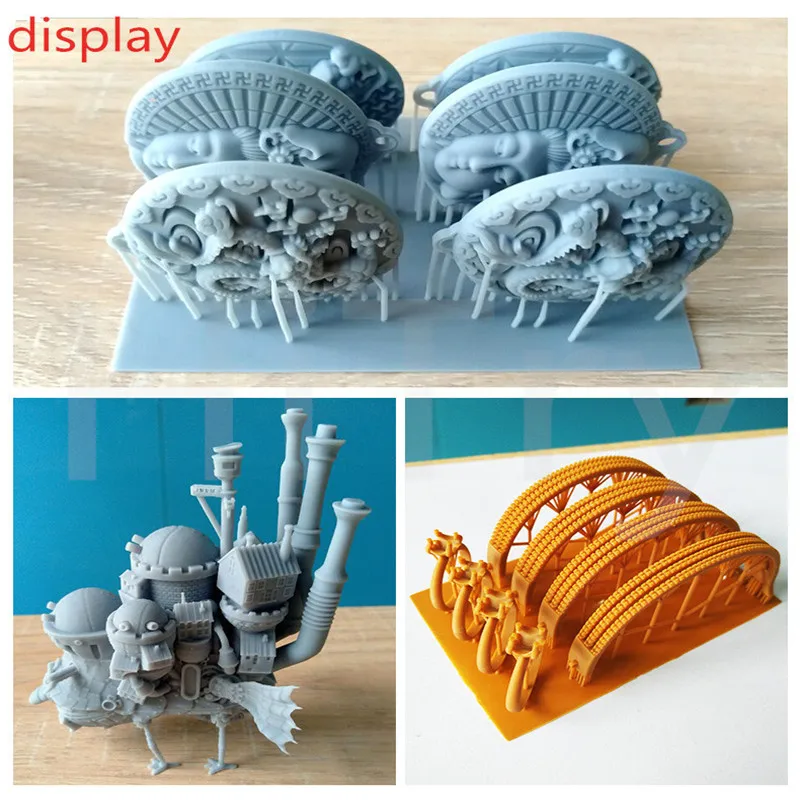 )
)
All other printers have approximately the same level of ABS printing, since for 5-8 years of the existence of companies, all ± have learned to work with this material.
Worth mentioning: Ultimaker / Raise Pro 2 I am not satisfied, and the price tag is also not small)
#2 PLA
PLA-plastic (polylactide, PLA) is a biodegradable thermoplastic aliphatic polyester, the structural unit of which is lactic acid. PLA is made from corn, sugar cane, potato or corn starch, and cellulose. It is one of the most popular materials for 3D printing. Due to its natural raw materials in the composition of the polymer, it can be used for various purposes without a threat to humans.
Print options:
- Extrusion temperature - 190-230°C
- Table temperature - 20-60°C
- Interlayer cohesion - good
- Table adhesion - good
- It is essential to dry the filament spool before use for more stable printing.
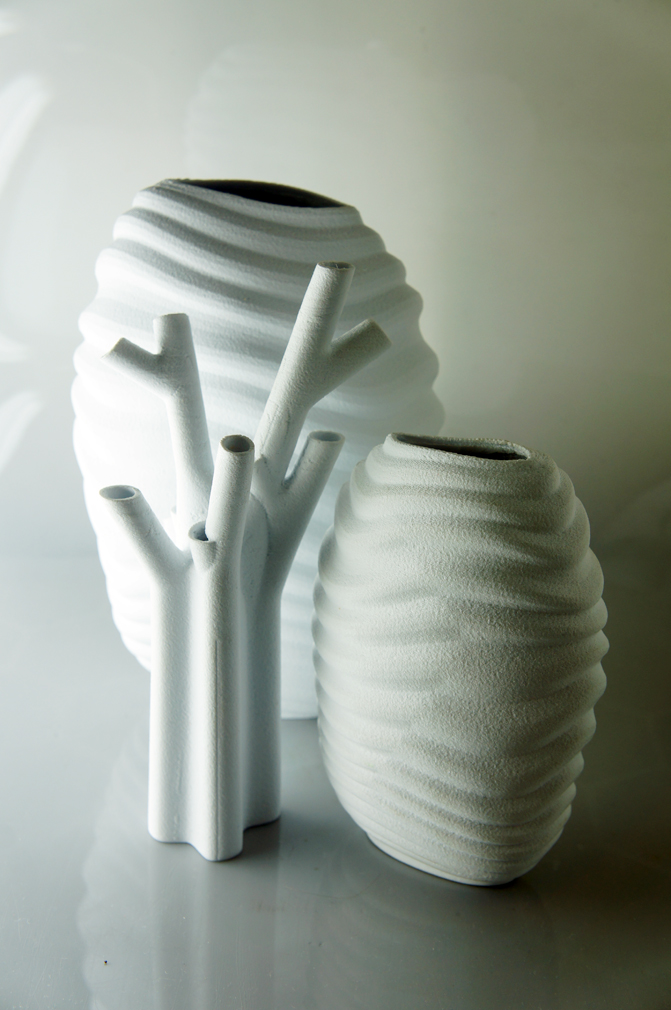
Specifications:
- Melting point - 175-180°C
- Softening point - 50°C
- Product operating temperature -20+40°C
- Hardness (Rockwell) - R70-R90
- Elongation at break - 3.8%
- Bending strength - 55.3 MPa
- Tensile strength - 57.8 MPa
- Tensile modulus - 3.3 GPa
- Flexural modulus - 2.3 GPa
- Density - 1.23-1.25 g/cm³
- Manufacturing shrinkage - no
- Moisture absorption - 0.2-0.4%
Application:
PLA plastic shows itself excellently in mock-up workshops and in creating master models that are not designed to bear long-term mechanical loads. With it, models with careful detail are obtained, and are also used when working with children.
Pros:
- Does not shrink during printing, which allows you to get an exact match of the dimensions of the printed product to the simulated one.
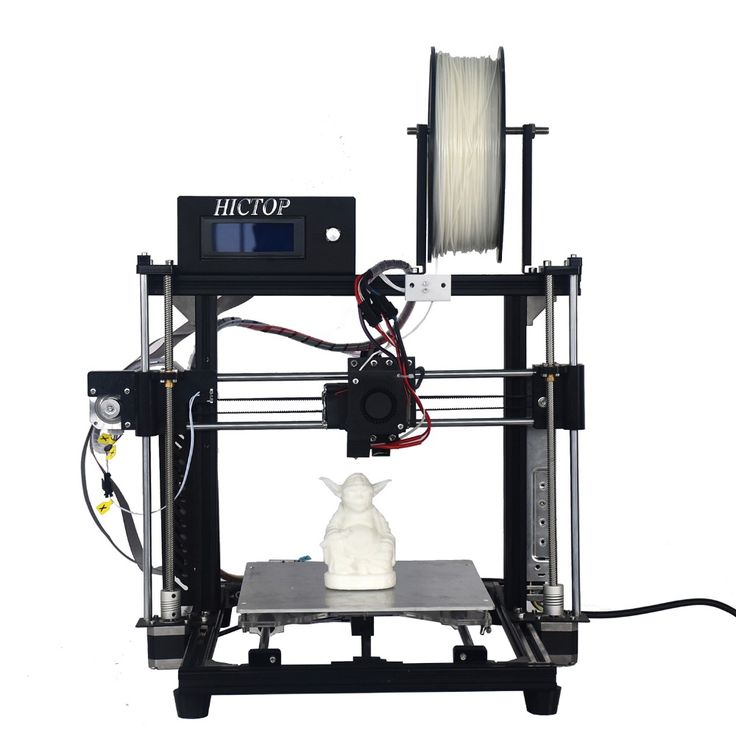
- Does not require a heated bed and is not afraid of drafts when printing, which means it can be used for printing on the cheapest Chinese printer with an open case.
- Non-toxic. During printing, it smells pleasant and slightly, which allows you to print it in the apartment without using a special hood.
- Hard, durable and slippery, wide range of applications.
- Produced from natural ingredients, can be used in food contact.
- Biodegradable, this plastic does not harm the environment when disposed of.
Cons:
- Exposure to air and ultraviolet light, like any natural material, becomes more brittle over time, so it is not recommended for long-term use at high physical exertion or use without a protective coating in the open air.
- Low softening temperature (50°C) - in the inside of a car left in the sun on a hot day, easily softens and loses its shape.
- Narrow temperature range (-20 to +40°C).
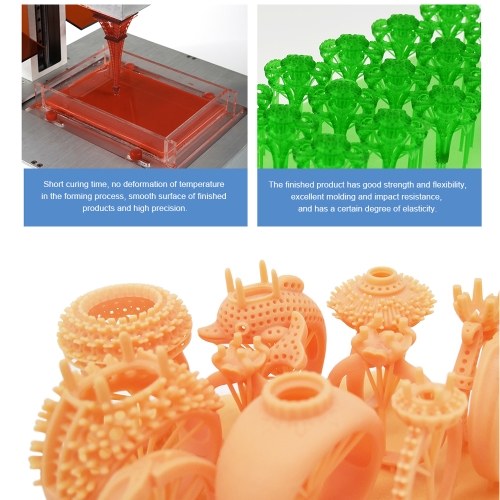
- The high hardness of the plastic makes it difficult to machine.
- Due to the high content of residual monomers, plastics from some manufacturers are prone to plugging in all-metal hot ends.
Economic component:
PLA prices are slightly higher, and therefore our TOP has shifted slightly:
1st place - Filamentarno (Recommended)
2 Place - FD Plast (Worth a try for a test print)
3rd place - PrintProduct
4th place - REC
5th place - BestFilament
PLA is a material that absorbs a lot of moisture, due to which its characteristics drop significantly, and the already fragile material becomes almost glassy. FD Plast once again takes its price, bypassing its competitors by 1.5, or even almost 2 times, but I suffered a lot with it, it draws moisture from the air, probably as much as silica gel from shoes.
If you order 3D printing from various companies, then on average in the provinces the price for printing with this plastic is from 10 to 20 rubles per gram, if you order from top3Dshop, then the price for PLA is 35 rubles per gram.
Based on the issue of profit, the use of this plastic brings less money per 1 gram of material, but due to its features, there are much fewer problems in printing with this plastic than with the same ABS.
Top 3D printers for PLA:
1st place - Picaso (In the past, they had problems printing this material, the extruder often clogged, but as far as I know this problem has been fixed)
2nd place - All remaining manufacturers. (As of January 21, all manufacturers have learned to produce approximately the same print quality for PLA, in principle, this is one of the easiest materials to work with, and I don’t see much point in crucifying, put more airflow and print on health)
Worthy of mention: Raise PRO 2 (this is perhaps one of the worst printers for PLA printing, I tried to print on it in one CMIT, and from the stuffy room the extruders clogged literally on every print, in general, it also depends on the material manufacturer, but one and the same coil on different printers showed itself in completely different ways, and therefore I highly do not recommend printing with PLA plastic on this printer)
#3 PET-G
PETG (polyethylene tereflatate glycol, PETG) highly impact resistant plastic, due to glycol modification it does not crystallize, making deep drawing thermoforming more possible.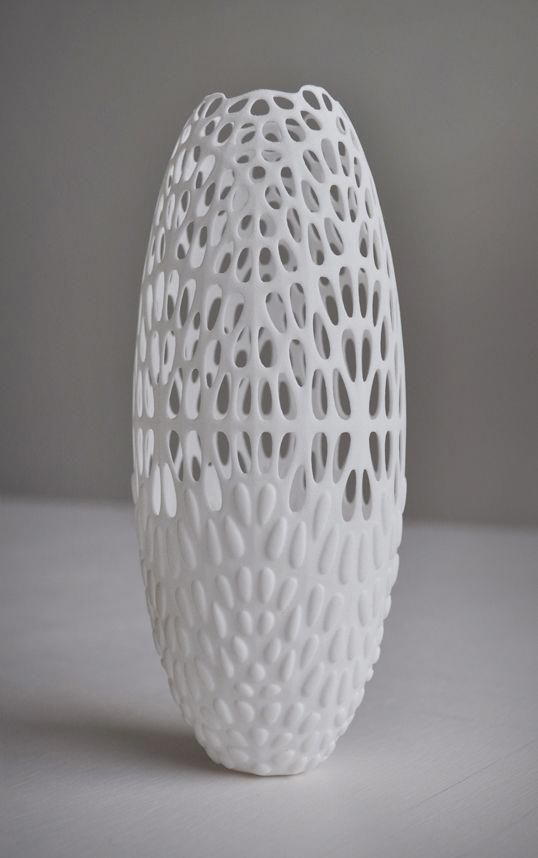 At the moment, plastic is actively gaining popularity, all because it combines the positive qualities of many other polymers.
At the moment, plastic is actively gaining popularity, all because it combines the positive qualities of many other polymers.
For some manufacturers you will not find such material as PET in the catalog, this is due to the fact that marketers probably decided to rename this material, and therefore Filamentarno has Prototyper as an analogue of PET, and RELAX for REC.
Print options:
- Extrusion temperature - 215-245°C
- Table temperature - 20-80°C
- Interlayer cohesion - very high
- Table Adhesion - Medium
Specifications:
- Extrusion temperature - 215-245°C
- Table temperature - 20-80°C
- Interlayer cohesion - very high
- Table Adhesion - Medium
- Specifications
- Melting point - 222-225°C
- Softening point - 80°C
- Operating temperature -40+70°C
- Hardness (Rockwell) - R106
- Elongation at break - 50%
- Bending strength - 76.
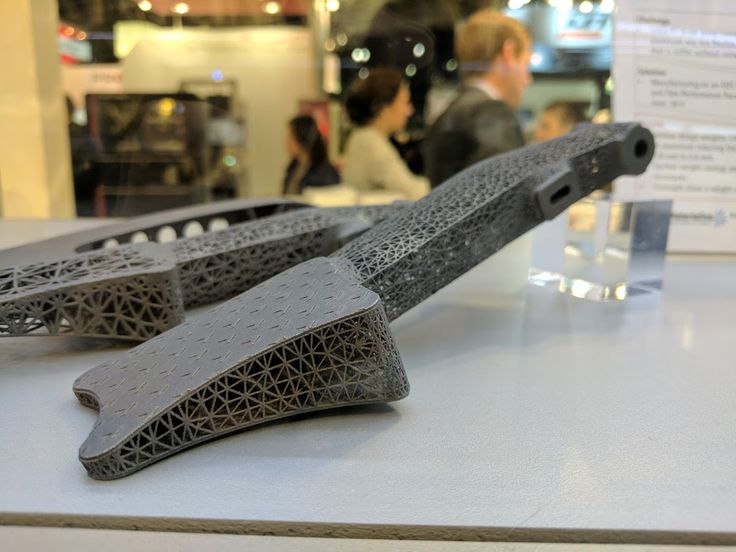 1 MPa
1 MPa - Tensile strength - 36.5 MPa
- Tensile modulus - 2.6 GPa
- Flexural modulus - 1.12 GPa
- Density - 1.3 g/cm³
- Manufacturing shrinkage - no
- Moisture absorption - 0.12%
Application:
In everyday life PET is used to make plastic bottles, due to its chemical neutrality it is used in the food industry. By itself, PET-G is similar to PET material. In 3D printing, it has proven itself as a versatile material that can be used both in technical parts bearing low loads and in prototyping.
Pros:
- Odorless Printing - Allows you to print at home without the need for an optional exhaust fan.
- No shrinkage for high dimensional accuracy.
- Very strong sintering between layers - can print thin-walled products with high strength.
- UV resistant - printed designs can be used outdoors.
- Wide operating temperature range.

- Printing does not require a closed chamber.
- Good slip and impact resistance - can print gears, bushings and other machine parts.
- Non-toxic, can be printed on articles intended for contact with food.
Cons:
- High fluidity requires careful adjustment of the retracts.
- High printing temperature quickly disables the fluoroplastic insert in the hot end and makes you think about switching to all-metal thermal barriers.
- Strength and softening point lower than ABS.
- A fairly versatile material, good print behavior but not outstanding performance.
Economic component:
1st place - FD Plast
2nd place - Filamentarno
3rd place - BestFilament
4th place - PrintProduct
5th place - REC
Surprisingly, the PET-G rating is, in my opinion, the most honest. Due to the fact that PET is more stable in terms of storage and printing material, there was a large increase in points in the “Quality” column.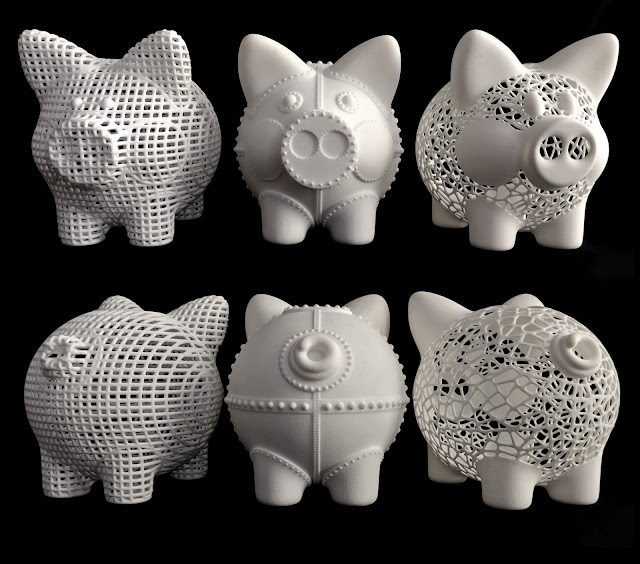 REC is again an outsider, once again I repeat that this is due to the high cost of the material, and it hurts me to see this company at the end of the top.
REC is again an outsider, once again I repeat that this is due to the high cost of the material, and it hurts me to see this company at the end of the top.
If you order 3D printing from various companies, then on average in the provinces the price for printing with this plastic is from 15 to 35 rubles per gram, if you order from top3Dshop, then the price for PET-G is about 40 rubles per gram (I did not find the exact price ).
Based on the issue of profit, the use of this plastic brings less money per 1 gram of material, but due to its features, there are much fewer problems in using this plastic than with the same ABS.
Top 3D printers for PET-G:
NOT top by PLA)
#4 HIPS
HIPS (High Strength Polystyrene) is a fairly soft plastic designed to be used with ABS to support dual extruder 3D printing. This was facilitated by its following properties: the same extrusion temperature as ABS, low sintering with ABS, the presence of a solvent (D-Limonene), which dissolves HIPS and does not dissolve ABS.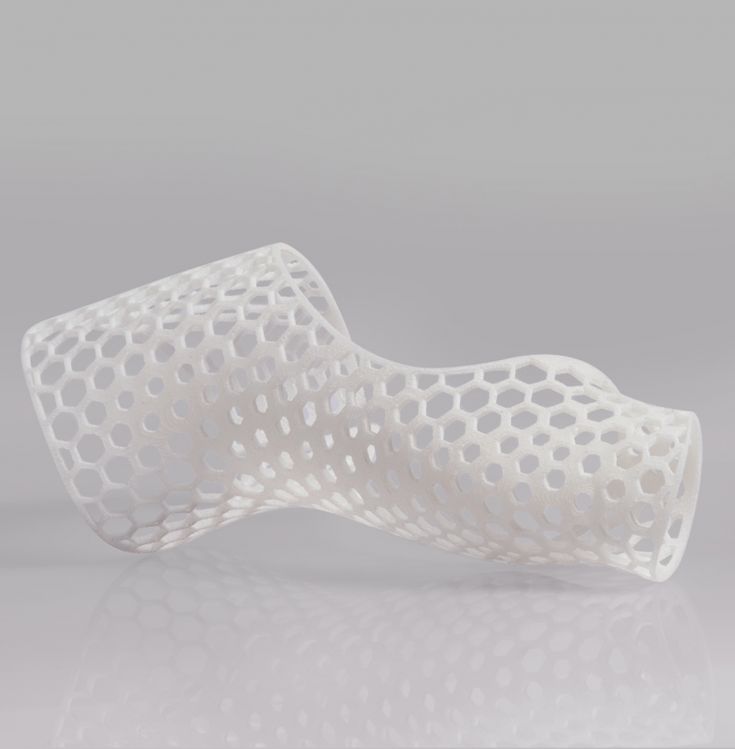 Some manufacturers do not have this material in their catalog, in fact, I do not see its widespread use at the present time, and therefore it is not a pity.
Some manufacturers do not have this material in their catalog, in fact, I do not see its widespread use at the present time, and therefore it is not a pity.
Print options:
- Extrusion temperature - 210-245°C
- Table temperature - 90-120°C
- Interlayer cohesion - medium
- Table Adhesion - Medium
Do not start work without drying the coil!
Specifications:
- Extrusion Temperature - 210-245°C
- Table temperature - 90-120°C
- Interlayer cohesion - medium
- Table Adhesion - Medium
- Do not start work without drying the coil!
- Specifications:
- Melting point - 175-210°C
- Softening point - 97°C
- Operating temperature -40+70°C
- Hardness (Rockwell) - L79
- Elongation at break - 64%
- Bending strength - 37.6 MPa
- Tensile strength - 16.
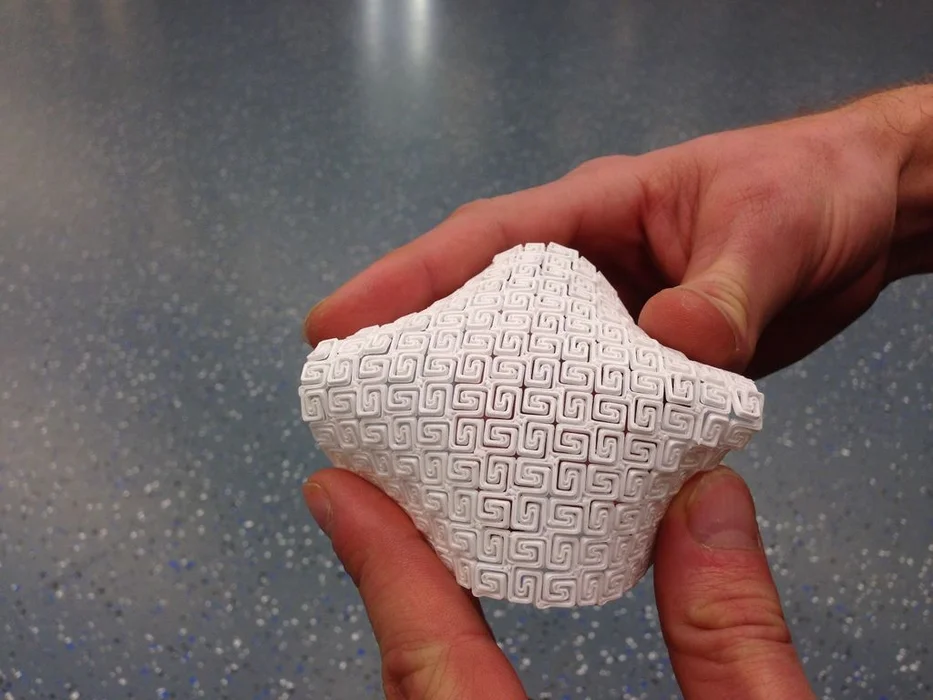 4 MPa
4 MPa - Tensile modulus - 0.93 GPa
- Flexural modulus - 1.35 GPa
- Density - 1.05 g/cm³
- Manufacturing shrinkage - 0.4%
- Moisture absorption - 1%
Pros:
- Less shrinkage than ABS, making it suitable for precision printing.
- Lighter density than PLA, allowing for prints where lightness is required.
- Softness of the surface, which guarantees ease of machining.
- A matte finish that gives a smooth effect to garments.
- Almost same softening point as ABS, making it suitable for outdoor use.
Cons:
- Like ABS, it requires a heated platform and is prone to delamination, although to a lesser extent.
- Lower bending strength than ABS and, as a result, more brittle products.
- Poor UV resistance, which limits the use of products in sunlight.
- All this makes it possible to use this plastic for the production of furniture decor and interior decorations.
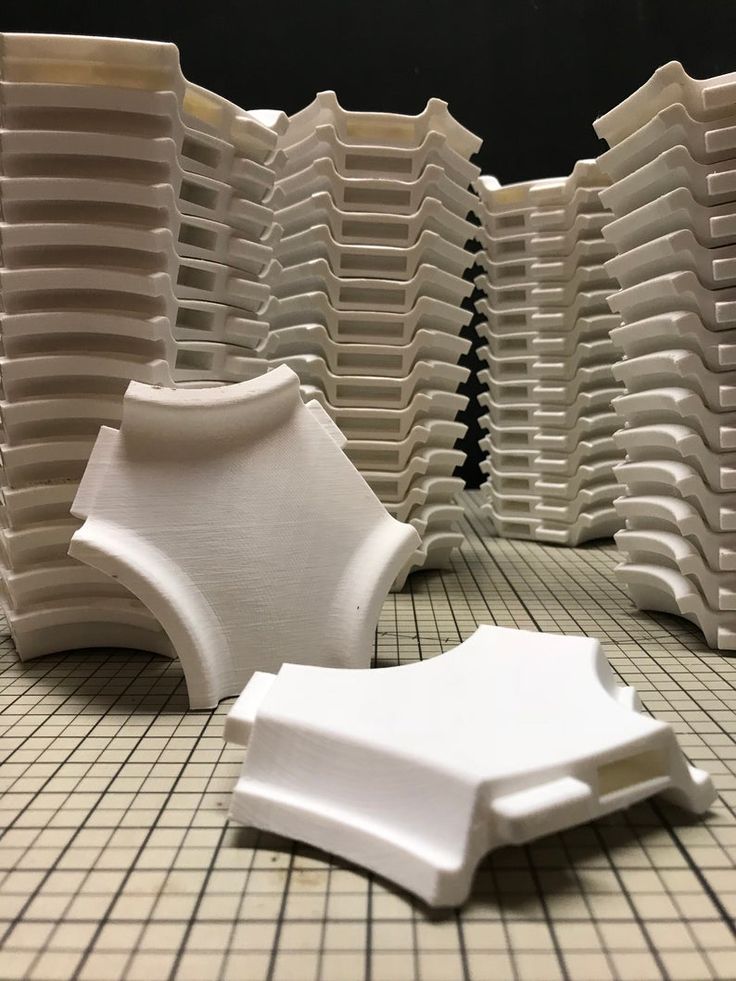
Application: once this material appeared it was used to print supports on 2 extruder printers, the supports themselves were dissolved in limonene. To date, this is no longer so relevant, due to the appearance of such material as PVA, the material itself is completely unnecessary today. The material itself is quite stable, although it requires careful drying.
Economic component:
1st Place - FD Plast
2nd place - Bestfilament
3rd place - REC
As far as buying recommendations, it can be safely replaced with PVA, in general I consider HIPS already out of fashion, so I doubt that anyone spends it in large quantities.
Top 3D Printers for HIPS:
1 Place - Hercules / Volgobot
2nd place - Picaso (Picaso dropped to second place due to the fact that slippage occurs when printing with HIPS, it is quite possible that they got rid of this problem on new printers, but in 2019 it was like that)
№5 SBS
SBS (styrene butadiene styrene) is another relatively new player in the 3D printing plastics market.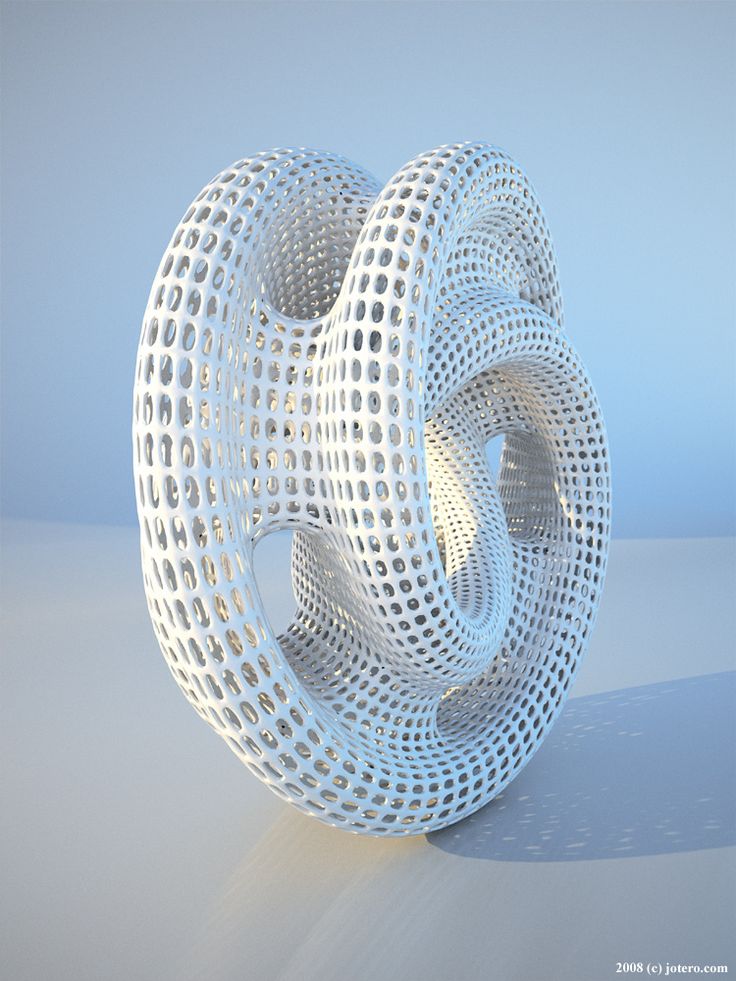 It is characterized by low toxicity and shrinkage, as well as high strength. Its main advantage is its transparency. Products printed with this plastic and treated with a solvent acquire the transparency of colored glass.
It is characterized by low toxicity and shrinkage, as well as high strength. Its main advantage is its transparency. Products printed with this plastic and treated with a solvent acquire the transparency of colored glass.
This material has different names for different manufacturers, for example, BestFilament calls it WATSON, and some manufacturers do not have it at all.
Print options:
- Extrusion temperature - 220-240°C
- Table temperature - 70-90°C
- Interlayer cohesion - low
- Table Adhesion - Medium
Specifications:
- Melting point - 190-210°C
- Softening point - 76°C
- Operating temperature - -80+65°C
- Hardness (Rockwell) - R118
- Elongation at break - 250%
- Bending strength - 36 MPa
- Tensile strength - 34 MPa
- Tensile modulus - 1.35 GPa
- Flexural modulus - 1.
 45 GPa
45 GPa - Density - 1.01 g/cm³
- Shrinkage in the manufacture of products - 0.2
- Moisture absorption - 0.07%
Pros:
- Relatively low shrinkage, allowing printing in open case printers.
- High adhesion to the table.
- Potential for food contact.
- Impact resistant.
- Beautiful colors for creating unique decor items.
- Transparency after processing, can be used in luminaires.
- Wide operating temperature range, frost resistance.
- Easy post-processing by both chemical and mechanical methods.
Cons:
- Poor intercoat cohesion, requires large orifice nozzles or 100% coverage.
- Relatively high print temperature, similar to PETG.
- Applications: Most often used in decorative elements and creating custom lamps.
Economic component:
1 Place - FD Plast
2nd place - Filamentarno
3rd place - BestFilament
Top 3D printers for SBS:
1st Place - Picaso
2nd place - VolgoBot
3rd place - Hercules
Conclusion:
As for the article: it turned out to be shorter than I planned, this category of materials did not include such materials as Flex (various modifications), Nylon and other PC At the time of the final editing of the article, I realized that not all printers are capable of printing with these materials, Flex’a needs special extruders capable of printing rubber-like materials, for a PC, the presence of a closed case does not mean success in work, and the material loves temperature very much.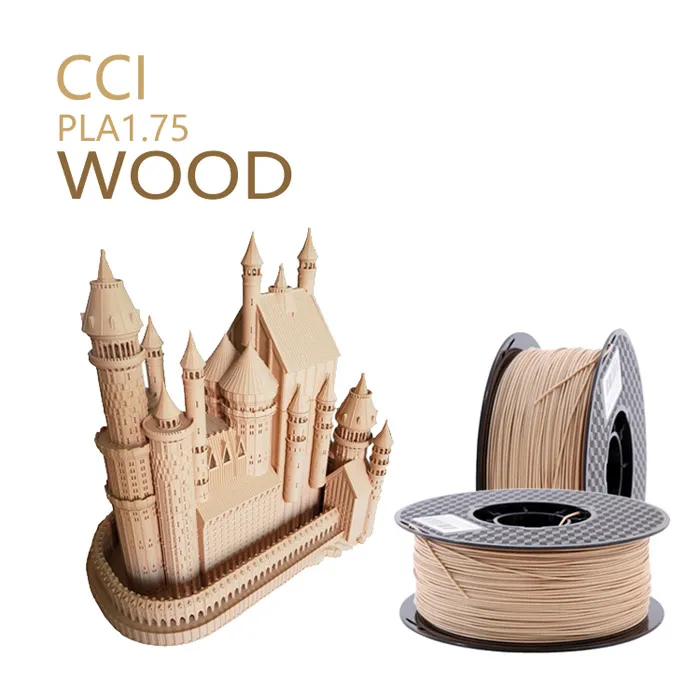 Therefore, if the article receives some response, I will talk about “engineering plastics”, composites created on their basis, and also talk about materials that are at the forefront of progress, so my dear reader, adequate criticism is welcome.
Therefore, if the article receives some response, I will talk about “engineering plastics”, composites created on their basis, and also talk about materials that are at the forefront of progress, so my dear reader, adequate criticism is welcome.
As for material manufacturers, a few words about each:
FD Plast : wins in public domain although I don't agree with it because I think their policy of dumping the market is wrong, but the company has many followers who prefer goods from the “cheap and cheerful” category.
Filamentarno: for me personally is the best manufacturer with an adequate price, not a small list of products, and with a constant quality that has never let me down.
Print Product: before switching to Filamentary, he mainly used the products of this company, in the past the company had a colossal list of products, but in the last year they decided to change the vector of development, and relied on materials whose quality can be sufficiently ensured .
REC : in the past, the clear favorite in terms of the quality of the materials provided, now the quality is at the same level, but the price tag bites.
Best filament it seems to me that the quality floats slightly from batch to batch, gaps form on Hercules when printing with ABS plastic.
Types of Plastic for 3D Printer
Content
-
- PLA
- ABS
- HIPS
- Petg
- decorative platery
- SPIRICAL PLASS 9007 SPIRI0078
- Totals
Every year 3D printing becomes more popular and accessible. Previously, a 3D printer was more like a complex CNC machine, but now manufacturers are meeting users. Simplified and automated settings that many beginners drove into a stupor. Despite this, it can be difficult for a novice user to understand the variety of constantly appearing plastics for a 3D printer.
The choice of plastic for a 3D printer is very important, especially when the goal is to print a functional model with certain properties.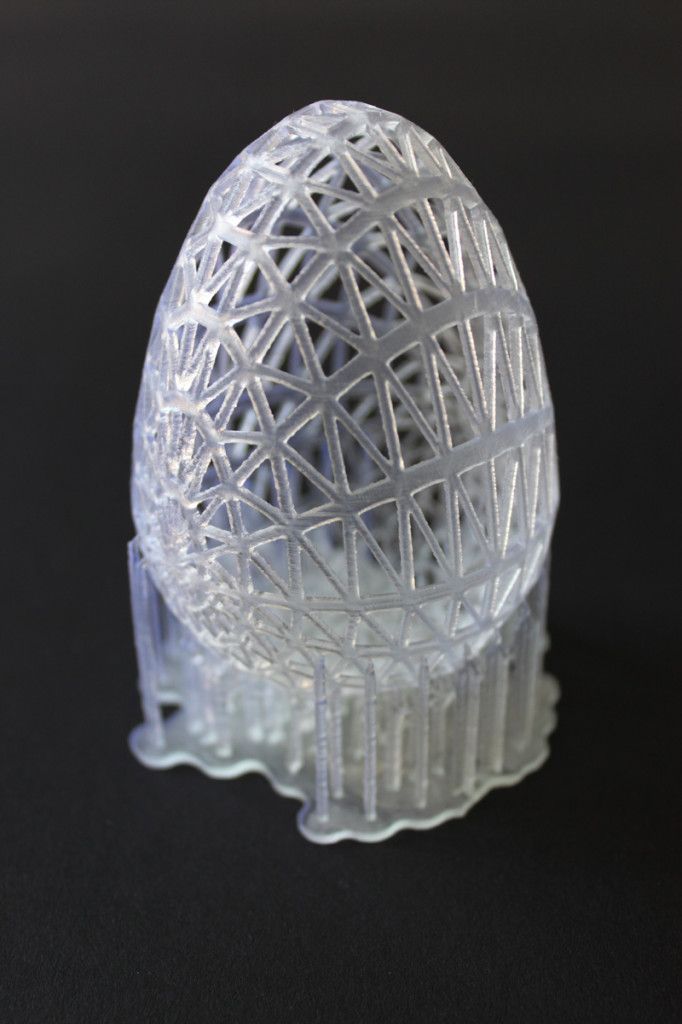 It will be a shame if the printed gear breaks almost immediately, or the decorative model quickly loses its beauty.
It will be a shame if the printed gear breaks almost immediately, or the decorative model quickly loses its beauty.
It is important to understand whether the printer will be able to work with the selected plastic. Some materials (most often engineering) require certain conditions for successful printing.
First, decide which model you want to print. What properties should it have? Does the model need to be durable? Or is it a master model for further replication, in which the quality of the surface is important?
90% of 3D printers use 1.75 diameter filament. 3mm diameter is rare, but it is better to check in advance which size is used in your printer.
PLA
PLA (Polylactide) is the most popular and affordable 3D printer plastic. PLA is made from sugar cane, corn, or other natural raw materials. Therefore, it is considered a non-toxic, biodegradable material.
Extruder temperature - 190-220 degrees.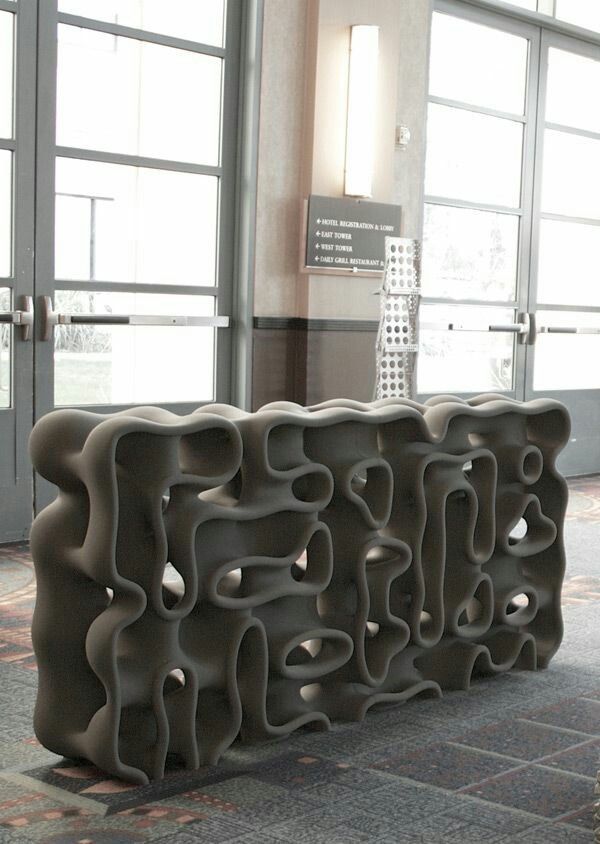 Table heating is not needed, but if the printer's table has a "heater" for better adhesion, you can heat it up to 50-60 degrees. PLA is very easy to work with. The only requirement is to blow the model. There is practically no shrinkage in this material. When printed, it is practically odorless, and if it smells, it smells like burnt caramel.
Table heating is not needed, but if the printer's table has a "heater" for better adhesion, you can heat it up to 50-60 degrees. PLA is very easy to work with. The only requirement is to blow the model. There is practically no shrinkage in this material. When printed, it is practically odorless, and if it smells, it smells like burnt caramel.
Pros:
-
Does not shrink. This makes it easy to build prefabricated or huge models without changing dimensions.
-
There are no specific requirements for a 3D printer. Any working 3D printer will do. PLA doesn't need a heated table or a closed case.
-
Non-toxic. Due to this, during printing it does not smell or has a barely perceptible aroma of burnt caramel.
-
Diverse color palette.
Cons:
-
PLA is poorly sanded and machined.
-
It begins to deform already with a slight heating (about 50 degrees).

-
Fragility. Compared to other materials, PLA is very brittle and breaks easily.
-
Decomposes under the influence of ultraviolet radiation. Of course, it will not fall apart into dust, but it can become more brittle and fade.
PLA is perfect for making dimensional or composite models. For example, decorative interior items, prototyping, electronics cases, etc.
Recently, PLA+ has appeared on the market. It may differ from conventional PLA in improved performance. For example, more durable, with improved layer adhesion.
Dummy turbine
Decorative coasters
ABS
ABS (acrylonitrile butadiene styrene) is the second most popular plastic for 3D printing due to its properties, availability and low price.
Extruder temperature - 220-240 degrees. The temperature of the table is 80-100 degrees. For printing, a heated table is required at the printer. It is desirable to have a closed chamber, because ABS "does not like" drafts. Due to a sharp temperature drop, it can “unstick” from the table or crack in layers. ABS can smell bad when printing, so it is recommended to use the printer with a closed chamber and filters, or print in a well-ventilated area.
For printing, a heated table is required at the printer. It is desirable to have a closed chamber, because ABS "does not like" drafts. Due to a sharp temperature drop, it can “unstick” from the table or crack in layers. ABS can smell bad when printing, so it is recommended to use the printer with a closed chamber and filters, or print in a well-ventilated area.
Pros:
-
Good strength characteristics allow the production of functional prototypes from ABS.
-
Simple mechanical and chemical processing. ABS is easy to sand and drill, and with an acetone bath you can achieve a perfectly smooth surface.
-
It is currently the most inexpensive type of plastic for 3D printing.
-
Large selection of colors and shades.
Cons:
-
High shrinkage. Because of this, it can be problematic to manufacture overall products.
-
Printing requires a heated bed and a closed chamber.
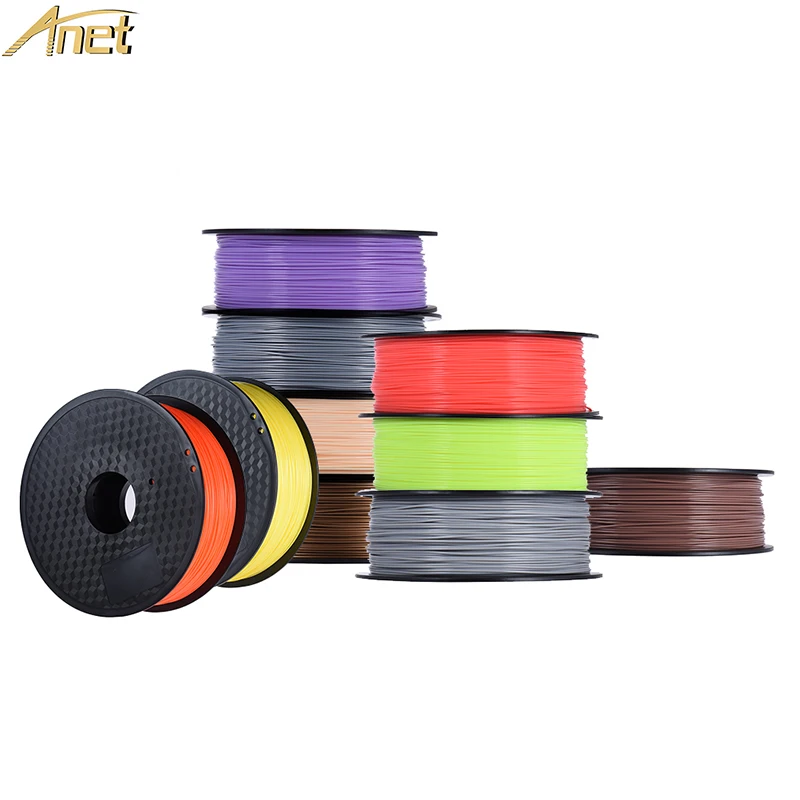 Without this, the ABS may peel off the table or crack in layers.
Without this, the ABS may peel off the table or crack in layers. -
During the printing process, ABS can smell bad. Therefore, it is recommended that you print in a ventilated area or use the printer with a sealed chamber and filter.
ABS is an engineering plastic. It is suitable for the manufacture of simple functional products.
ABS after chemical treatment in an acetone bath
RU model made of ABS
ABS+ differs from conventional ABS in improved strength characteristics (elasticity, rigidity, hardness), less shrinkage and sometimes resistance to certain oils and solvents (eg gasoline).
HIPS
HIPS (high impact polystyrene) - originally conceived as a soluble support plastic for materials with high printing temperatures. For example for ABS or Nylon.
The extruder temperature is 230-260 degrees. The temperature of the table is 80-100 degrees. It is desirable to have a closed camera for a 3D printer.
The temperature of the table is 80-100 degrees. It is desirable to have a closed camera for a 3D printer.
Pros:
-
Less shrinkage than ABS.
-
Ease of machining.
-
The matte surface looks very advantageous on decorative products.
-
Food contact allowed (but be sure to check with a specific manufacturer for certificates)
Cons:
-
For printing, you need a printer with a heated table and a closed chamber.
-
More flexible and less durable than ABS. Because of this, it will not be possible to produce functional products.
-
Small palette of colors.
Most often, HIPS is used for its intended purpose for printing on 2x extruder printers as a support for ABS. It dissolves perfectly (though not very quickly) in limonel.
Sometimes HIPS is used as an independent material.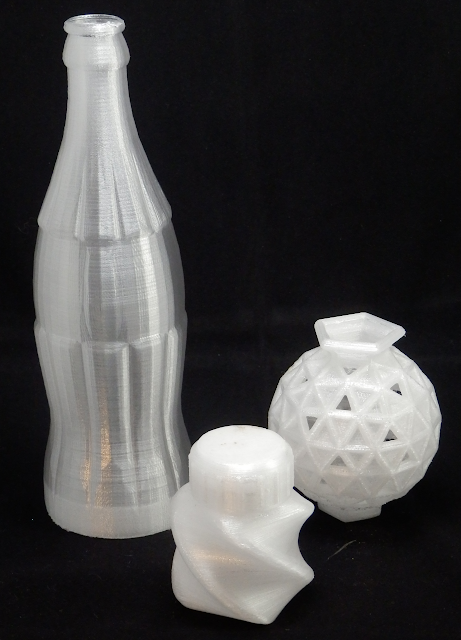 Products from it are not very durable, but this plastic is loved for easy post-processing. HIPS can be used for models that will subsequently come into contact with food (not hot).
Products from it are not very durable, but this plastic is loved for easy post-processing. HIPS can be used for models that will subsequently come into contact with food (not hot).
Using HIPS as a soluble support
Decorative vase made of HIPS
PVA
PVA (polyvinyl alcohol) is a material that was developed as a water-soluble support for PLA.
Extruder temperature - 190-210. Table heating is not required. PVA is a slightly "capricious" material, it is not recommended to overheat it and print at high speeds.
PVA is very hygroscopic and dissolves in plain water. Therefore, it is only used as a support for PLA or other plastics with print temperatures close to PVA.
Soluble PVA Support
Add to compare
Item added to compare Go
| Manufacturer | Tiger3D |
Add to compare
Product added to compare Go
| Manufacturer | Tiger3D |
Add to compare
Product added to compare Go
| Manufacturer | Esun
Add to compare
Product added to compare Go
| Manufacturer | Esun
PETG
PETG (polyethylene terephthalate) combines the best properties of PLA and ABS.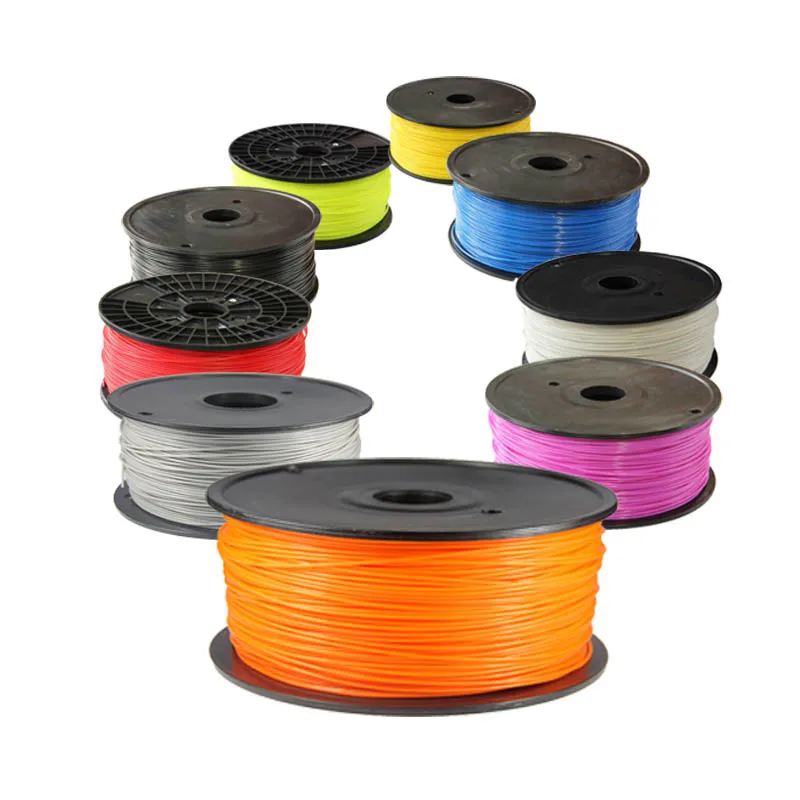 It is easy to work with, it has a low percentage of shrinkage and excellent sintering of the layers.
It is easy to work with, it has a low percentage of shrinkage and excellent sintering of the layers.
Extruder temperature - 220-240 degrees. Table temperature - 80-100 degrees. During the printing process, the model must be well blown.
Pros:
-
Excellent sinterability of layers.
-
PETG is very strong and wear resistant. Good impact resistance.
-
Virtually no smell when printing.
-
Non-toxic.
-
Little shrinkage.
Cons:
PETG is perfect for printing functional models. Due to its low shrinkage, it is often used to make large or composite models. Due to its low toxicity, PETG is often used for products that will come into contact with food.
Cookie cutters and patterned rolling pin
SBS
It is a highly transparent material. At the same time, it is durable and resilient.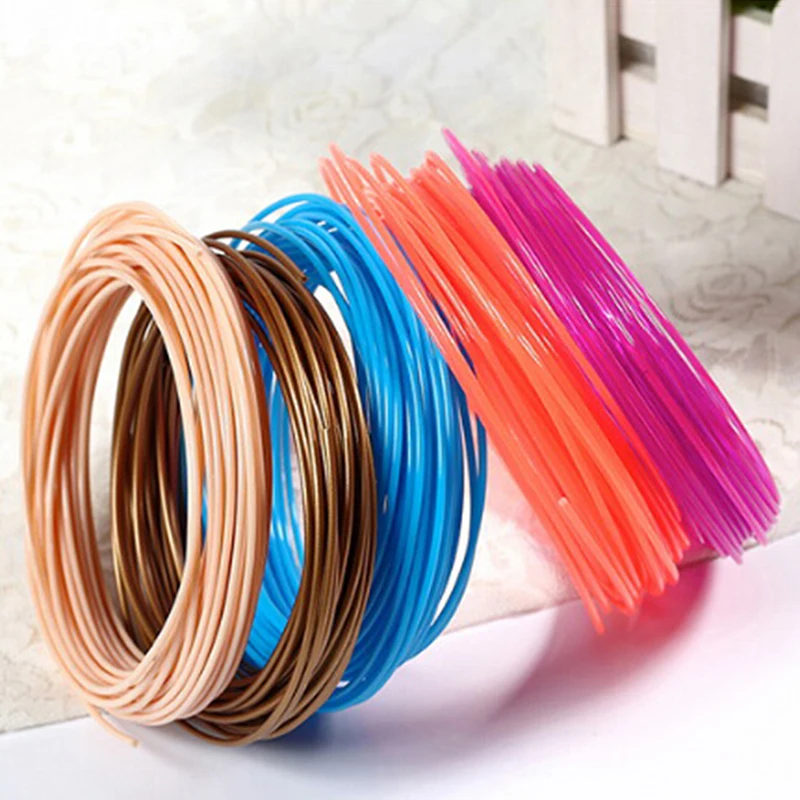 SBS is a low toxicity plastic. It can be used to print food contact models.
SBS is a low toxicity plastic. It can be used to print food contact models.
Extruder temperature - 230 -260 degrees. Table temperature - 60-100 degrees. You can print without the closed case on the printer.
Pros:
-
slight shrinkage
-
Transparency. After treatment with solvent, limonel or dichloromethane, beautiful transparent products with an almost smooth surface can be obtained.
-
Easily processed mechanically or chemically.
-
Allowed contact with food.
Cons:
SBS is excellent for translucent vases, children's toys and food containers. Or functional things that require transparency, such as custom turn signals for a motorcycle or car, lamps or bottle prototypes.
Vases are perfectly printed with a thick nozzle (0.7-0.8) in one pass (printing in 1 wall or spiral printing in a slicer).
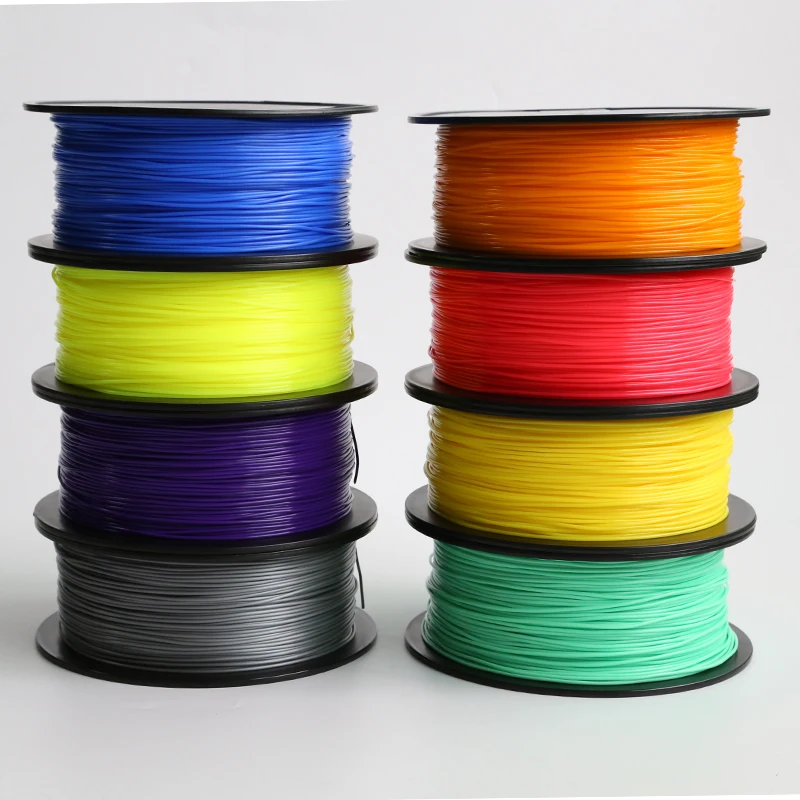
Models of bottles after chemical treatment
Nylon
Nylon (polyamide) is considered the most durable material available for home 3D printing. In addition to good abrasion resistance and strength, it has a high slip coefficient.
Extruder temperature - 240-260 degrees. The temperature of the table is 80-100 degrees. Nylon is a very capricious and hygroscopic material - it is recommended to dry the coil with plastic before use. For printing, you need a printer with a heated table and a closed chamber, without this it will be difficult to print something larger than a small gear.
Pros:
-
High strength and wear resistance.
-
High slip factor.
-
Heat resistance compared to other 3D printing plastics.
-
High resistance to many solvents.
-
Good for mechanical processing.
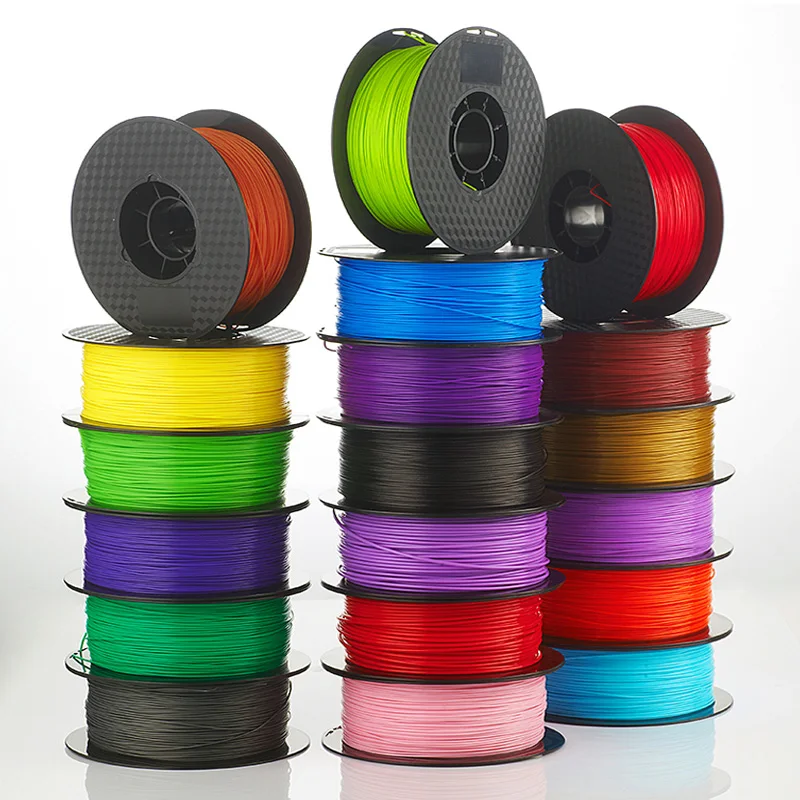 Perfectly polished and drilled.
Perfectly polished and drilled.
Cons:
Nylon is perfect for making wear-resistant parts - gears, functional models, etc. Sometimes nylon is used to print bushings.
Nylon gear
Add to compare
Product added to compare Go
| Manufacturer | Tiger3D |
Add to compare
Product added to compare Go
| Manufacturer | Tiger3D |
Add to compare
Product added to compare Go
| Manufacturer | Esun
Add to compare
Product added to compare Go
| Manufacturer | Bestfilament |
Soft plastics
FLEX (TPU, TPE, TPC) is a material similar to silicone or rubber. It is flexible and elastic, but at the same time tear-resistant. For example, TPE is a rubbery plastic, while TPU is more rigid.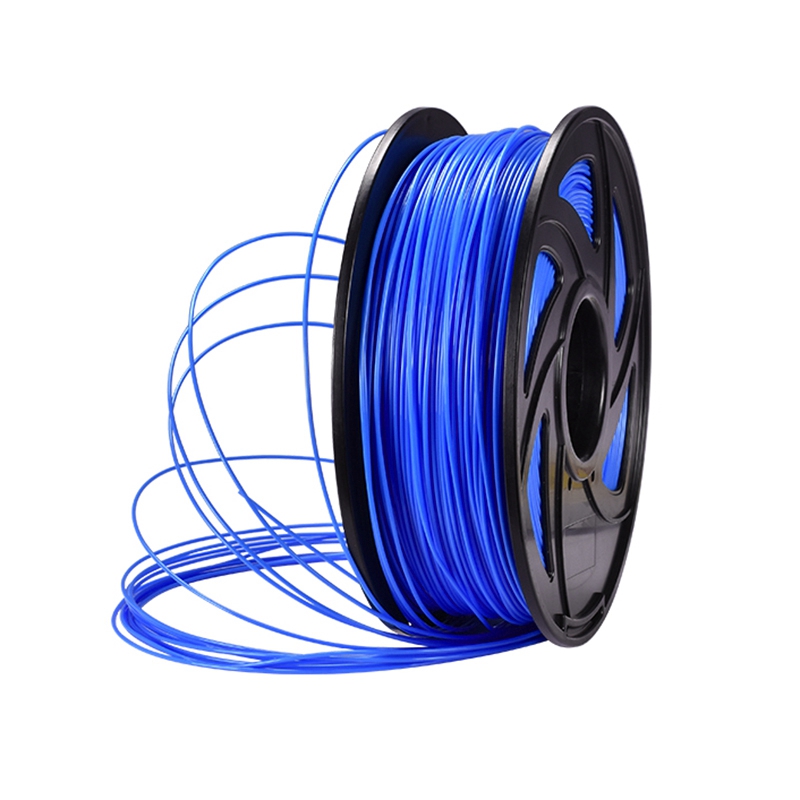
FLEX are printed at a temperature of 200-240 (depending on the material). A heated table is not required. On printers with direct material feed (feed mechanism on the print head), there are usually no problems with printing. On a bowden feeder (the feed mechanism is located on the body), printing with very soft plastics can be difficult. Usually it is necessary to additionally adjust the clamping of the bar. The main nuance is the very low print speeds - 20-40mm.
Pros:
Cons:
Depending on the type of FLEXa, the models can be flexible or rubber-like. This material, depending on its softness, can be used to print gaskets, insoles, belts, tracks or other models that require flexibility or softness.
FLEX belt
Trainers with flexible soles
Wheel for switchgear model
Decorative plastics
Decorative plastics are PLA plastics with various fillers (wood or metal shavings).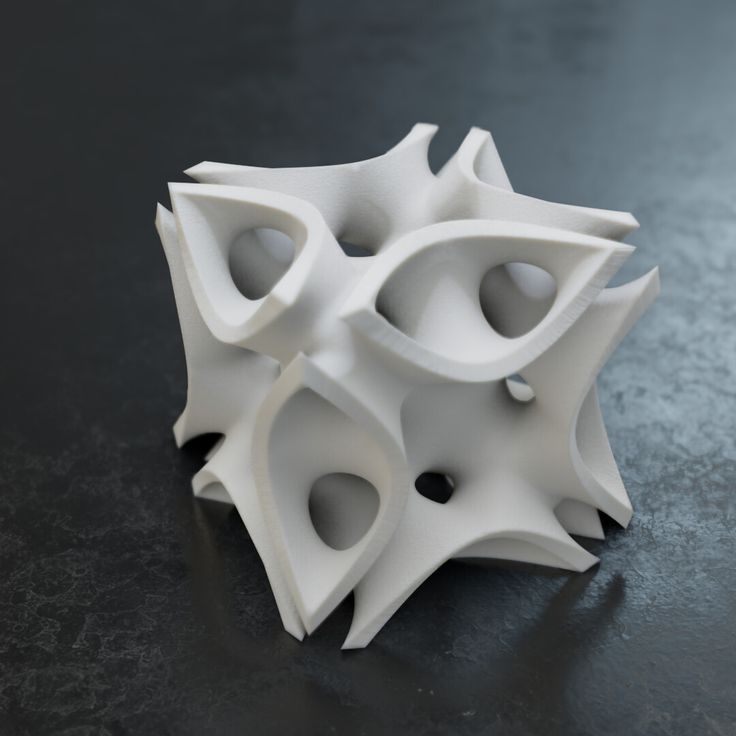 Or with dyes selected to imitate different materials. Since the base of the plastic is PLA, it is very easy to print.
Or with dyes selected to imitate different materials. Since the base of the plastic is PLA, it is very easy to print.
Extruder temperature - 200-220 degrees (depending on the manufacturer). A heated table is not required.
Pros:
Cons:
-
Some fillers (eg clay) are abrasive. For such plastics, the standard brass nozzle cannot be used. Will have to buy a harder steel nozzle.
-
Some decorative plastics can clog the small nozzle (0.4 or less). For them, you need to use a “thicker” nozzle.
Depending on the filler, different material properties are obtained. Plastics that use only dye do not require additional processing. Materials with "fillers" may sometimes require additional post-processing.
Plastics with metal fillers after printing must be processed with a metal brush. Then the Metal content will show through and the model will resemble a metal casting.
Plastics with metallic powder
These plastics are often used for printing key chains, decorative models and interior details.
If the plastic has a high content of wood dust, then it is recommended to use a larger nozzle diameter (0.5 or more), a smaller nozzle can quickly become clogged during printing.
Wood-filled plastic ground
Plastic key rings with copper dust
Engineering plastics
These are nylon-based plastics with fillers that improve strength, heat-resistant and other characteristics, help to achieve less shrinkage of the material. For example - carbon fiber, carbon fiber or fiberglass.
Extruder temperature - 240-300 degrees (depending on the manufacturer). Table temperature - 90-110 degrees. Since plastics are based on nylon, the requirements for printing are similar. This is a heated table and a closed printer case.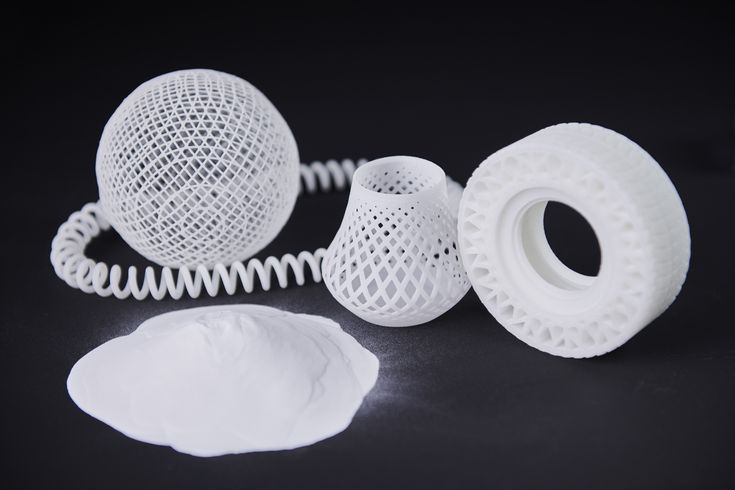
Pros:
-
Hardness and strength.
-
Low flammability or non-combustibility.
-
High precision due to low shrinkage.
Cons:
3D printers use brass nozzles, some plastics can quickly “waste” it during printing. For such materials it is recommended to use steel nozzles.
These are highly specialized plastics used for a specific task, depending on the filler. For example, functional parts that do not lose their shape when heated, are resistant to many solvents, etc.
Functional carbon fiber composite prototype
Composite frame
Polycarbonate ashtray
Totals
This is of course not the whole list of materials for 3D printing. There are many highly specialized engineering and decorative plastics for specific tasks.
Manufacturers are constantly trying to replenish the range of materials for 3D printing. Already familiar materials are improved for more comfortable printing. There are many interesting decorative plastics imitating different materials - ceramics, clay, wood, metals.
And of course, the assortment of engineering plastics is constantly updated. Now there are many interesting materials for highly specialized tasks - for example, burnable plastic with a low ash content for subsequent casting in metal.
Burnout plastic
Before buying a coil, read the information on the website of the manufacturer or seller. There you can find some nuances of printing for a particular plastic. The manufacturer indicates the recommended temperature range on the box. Sometimes, for quality printing, it is recommended to print several tests to adjust the temperature settings, retract, etc.
Try to store the started coil in silica gel bags.